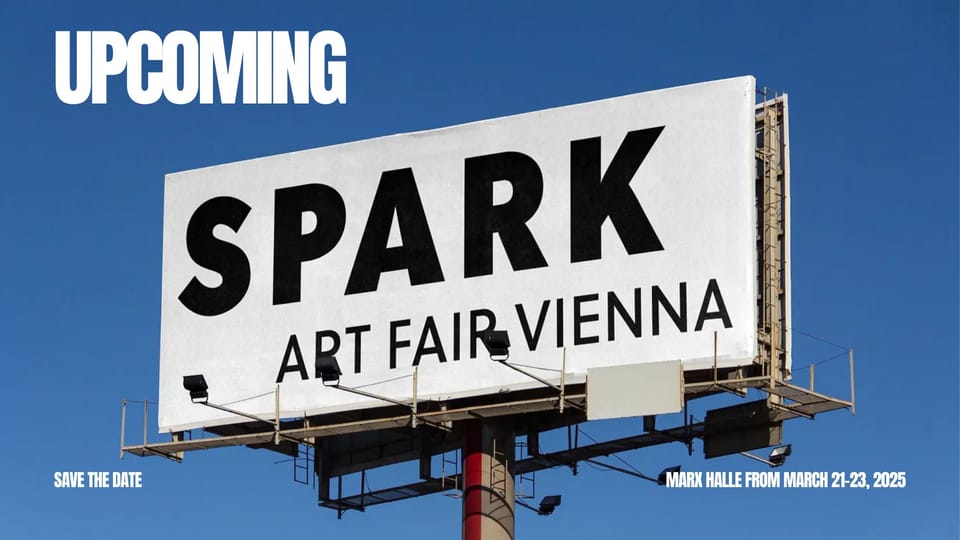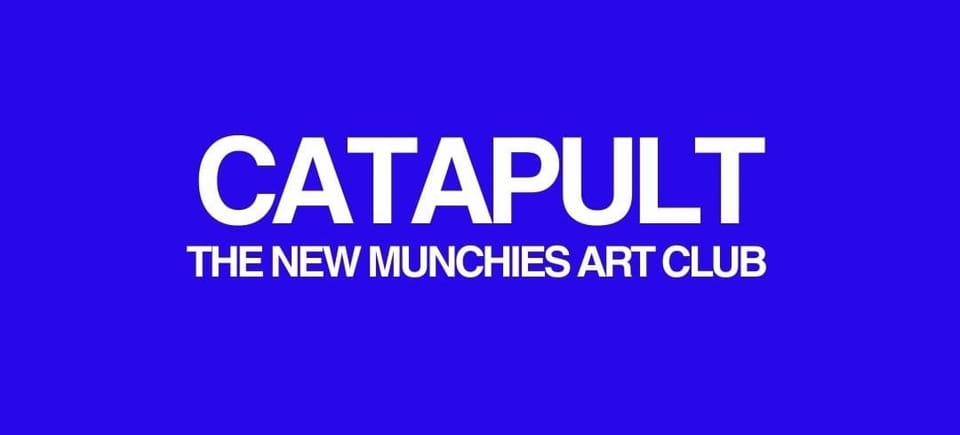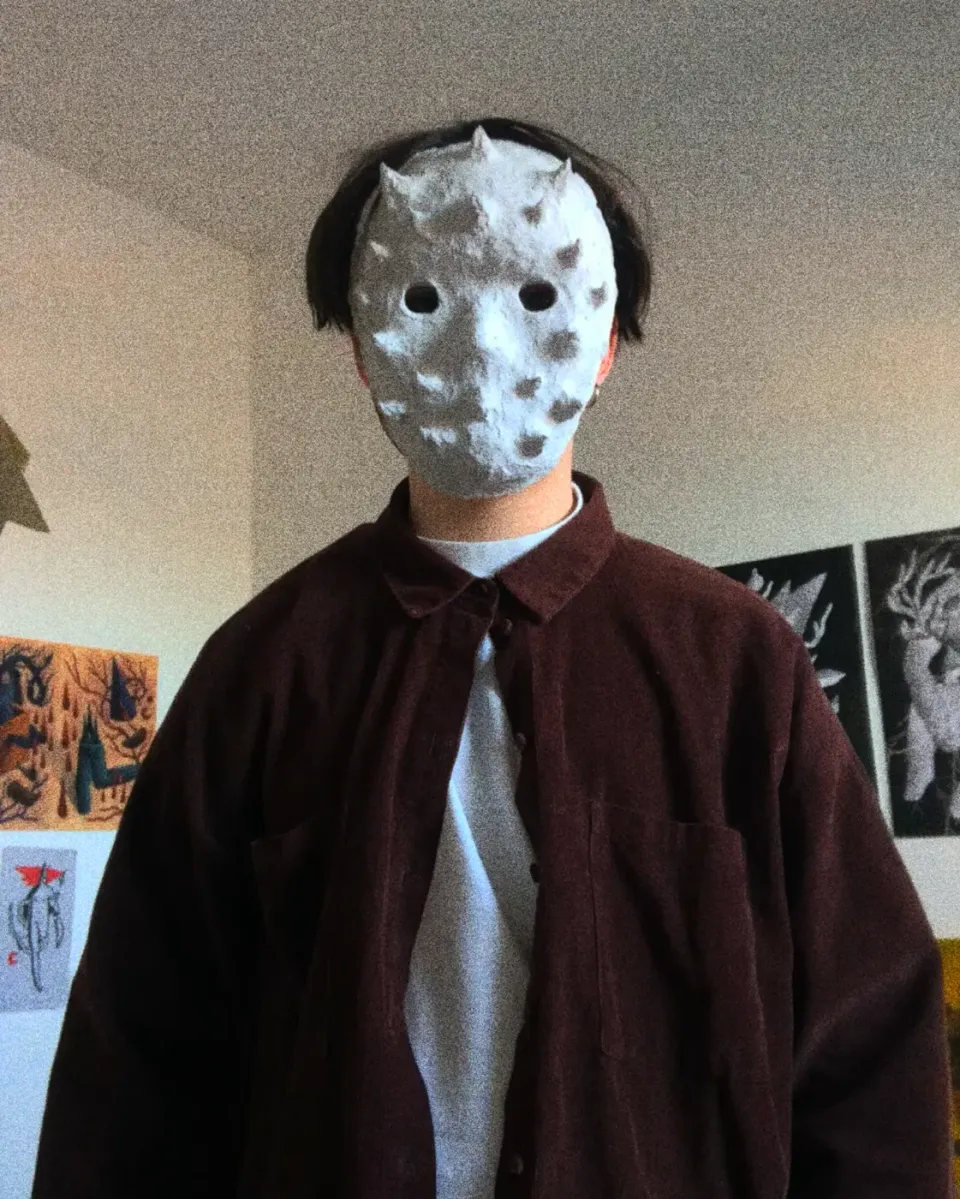Sebastian Schachinger: Redefining Time at Vienna Contemporary 2024
Explore the depths of time and memory with R. Sebastian Schachinger at Vienna Contemporary 2024, curated by Bruno Mokross in ZONE1
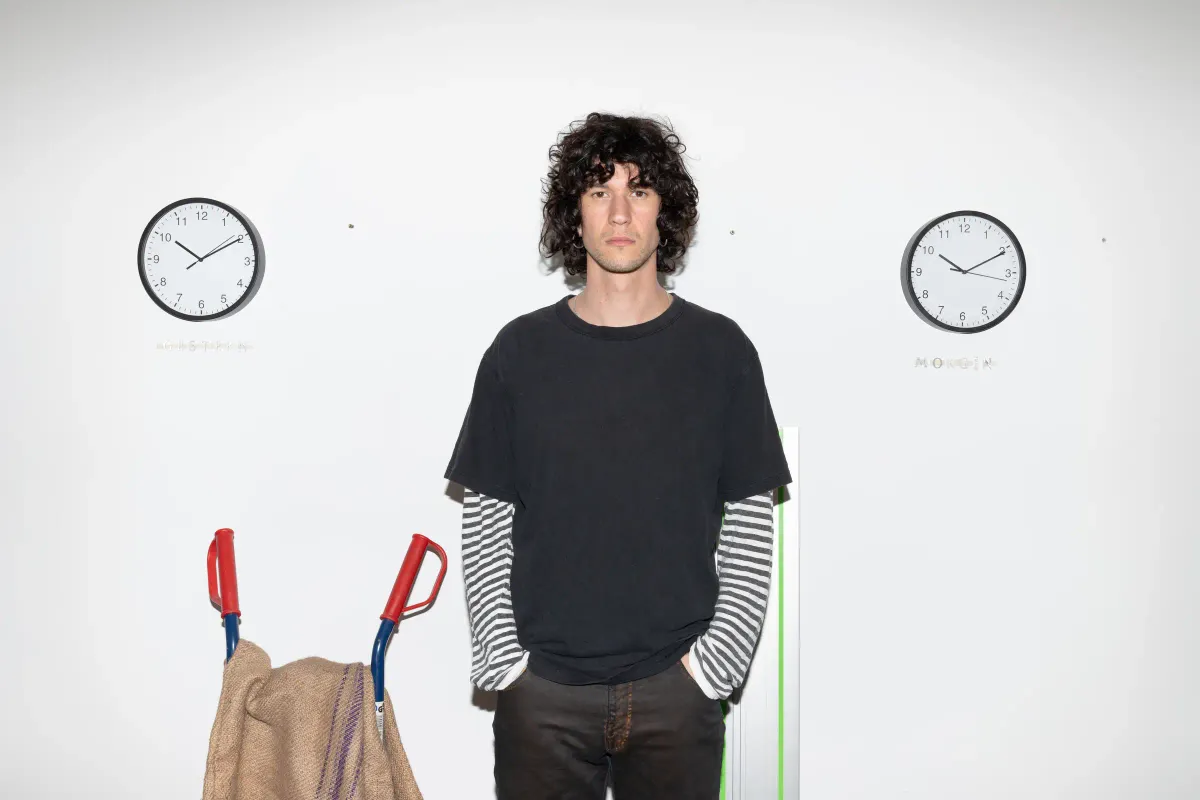
The Unseen Clockwork: R. Sebastian Schachinger at Vienna Contemporary 2024
R. Sebastian Schachinger is an artist who was born in Freiburg, Germany.
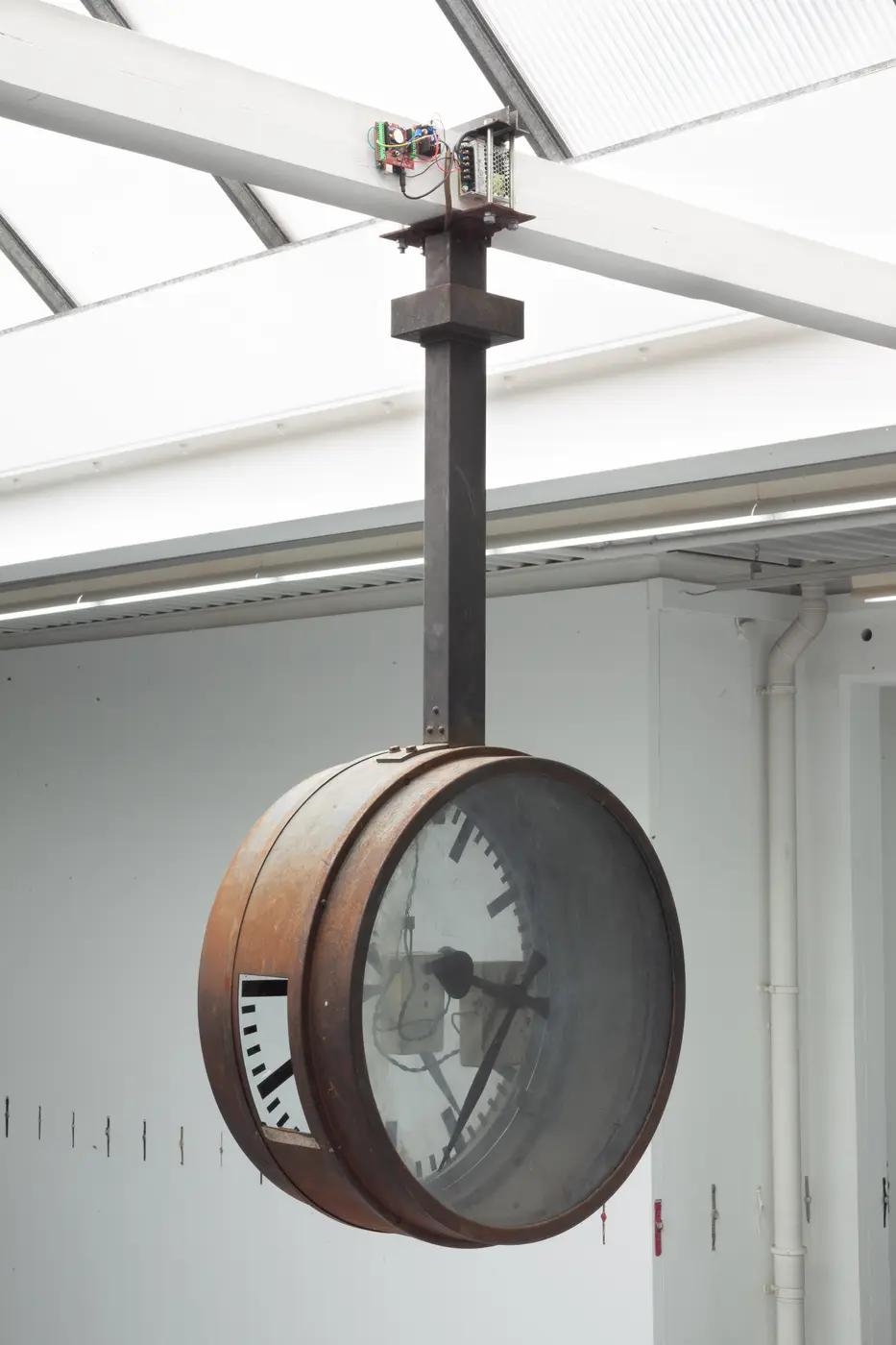
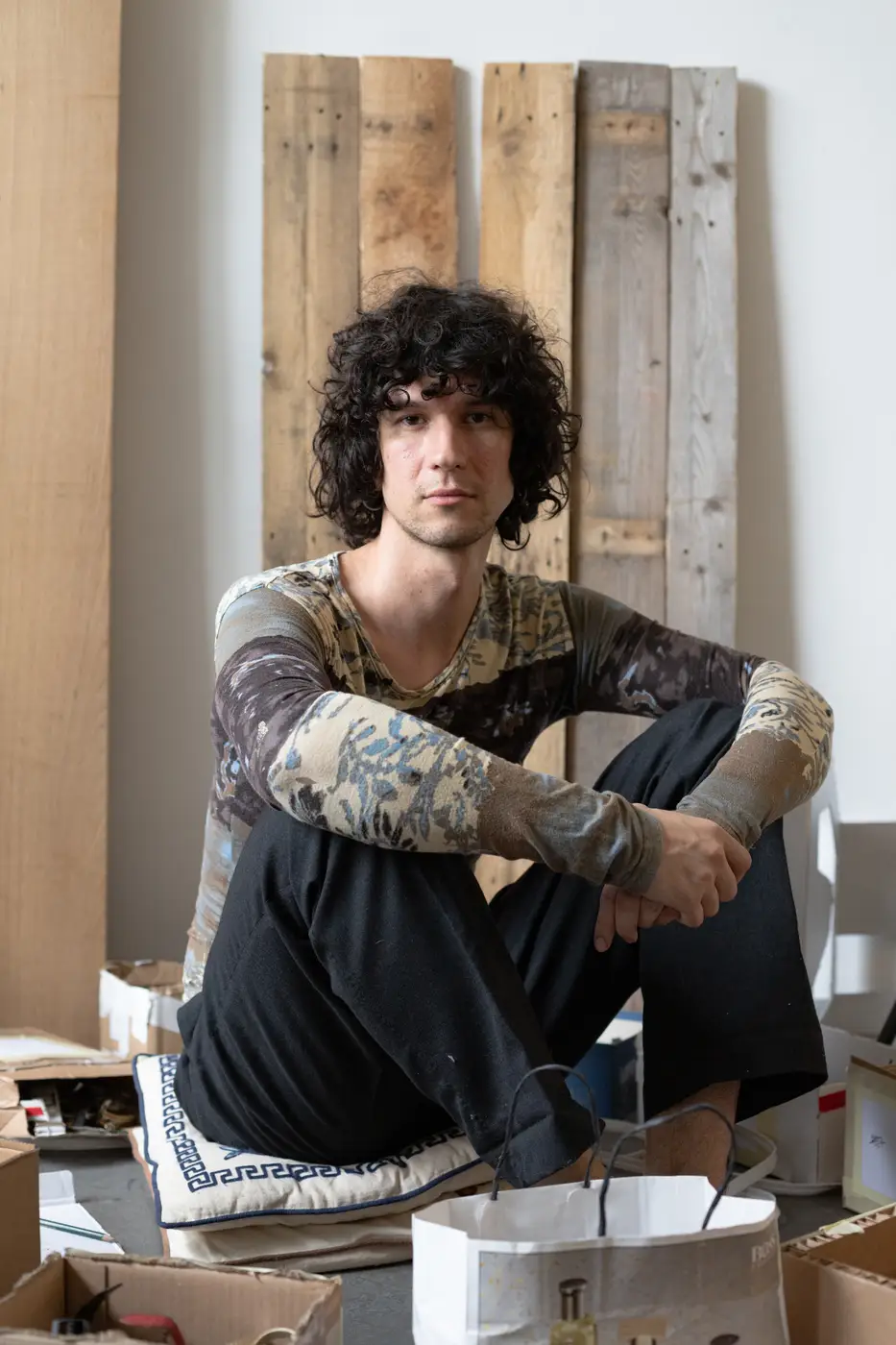
Sebastian Schachinger: 13, 2023 (exhibition view “Notizen zur 13ten Stunde”, Kunsthaus Baselland) -> (right) Portrait of the Artist Sebastian Schachinger in his Studio Photo: Fritz Kargl
His work is an intricate exploration of themes related to time, memory, and the immaterial presence of the past.
Schachinger’s art does more than depict; it challenges conventional perceptions and invites the viewer into a deeply reflective experience.
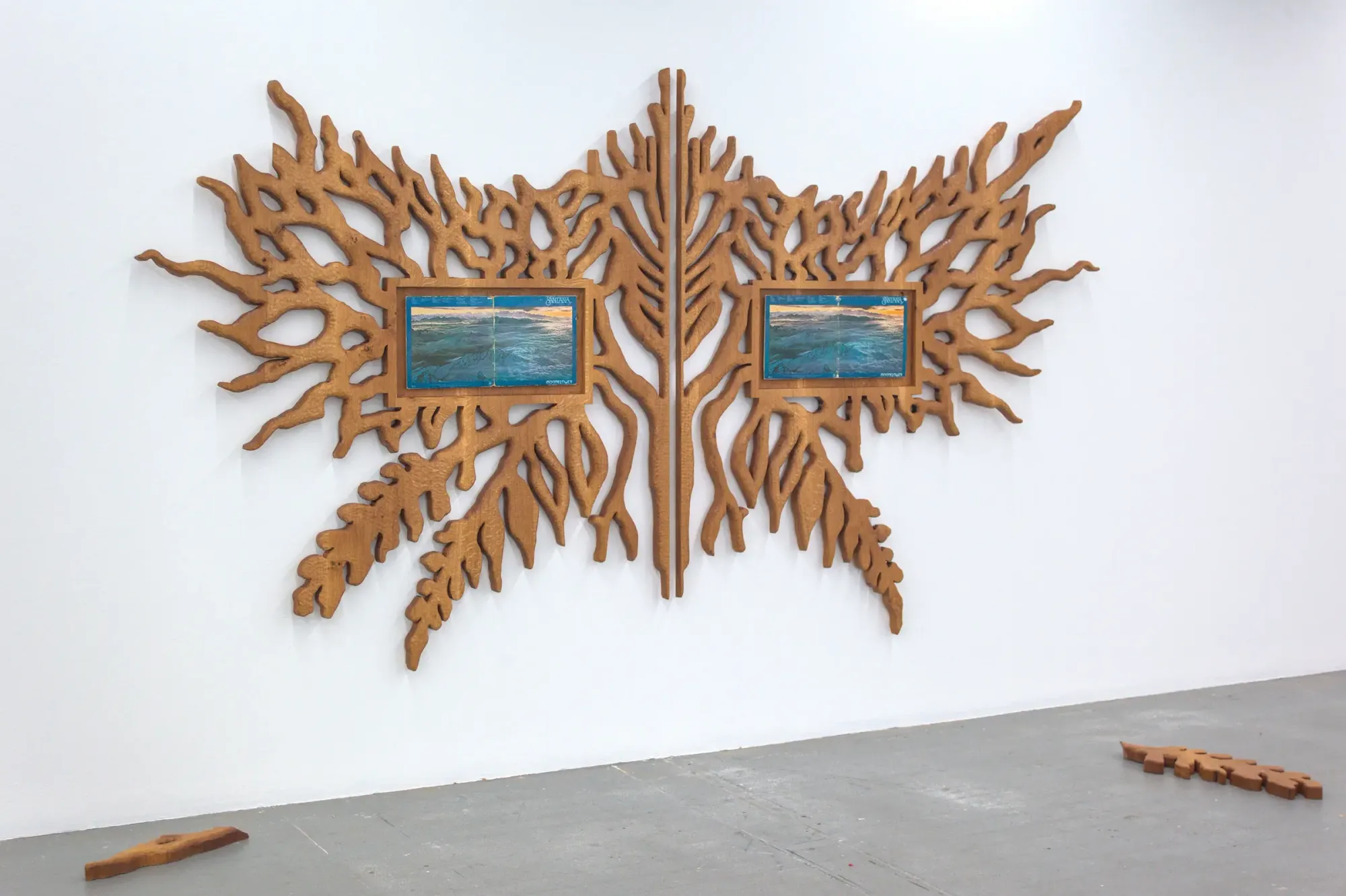
When we talk about art that delves into time and memory, we often think of nostalgic sepia-toned photographs or dusty antiques.
However, Sebastian Schachinger's work is a vibrant contradiction to such dusty ideas.
The upcoming Vienna Contemporary 2024, curated by Bruno Mokross in ZONE1, will host Schachinger as one of its participating artists.
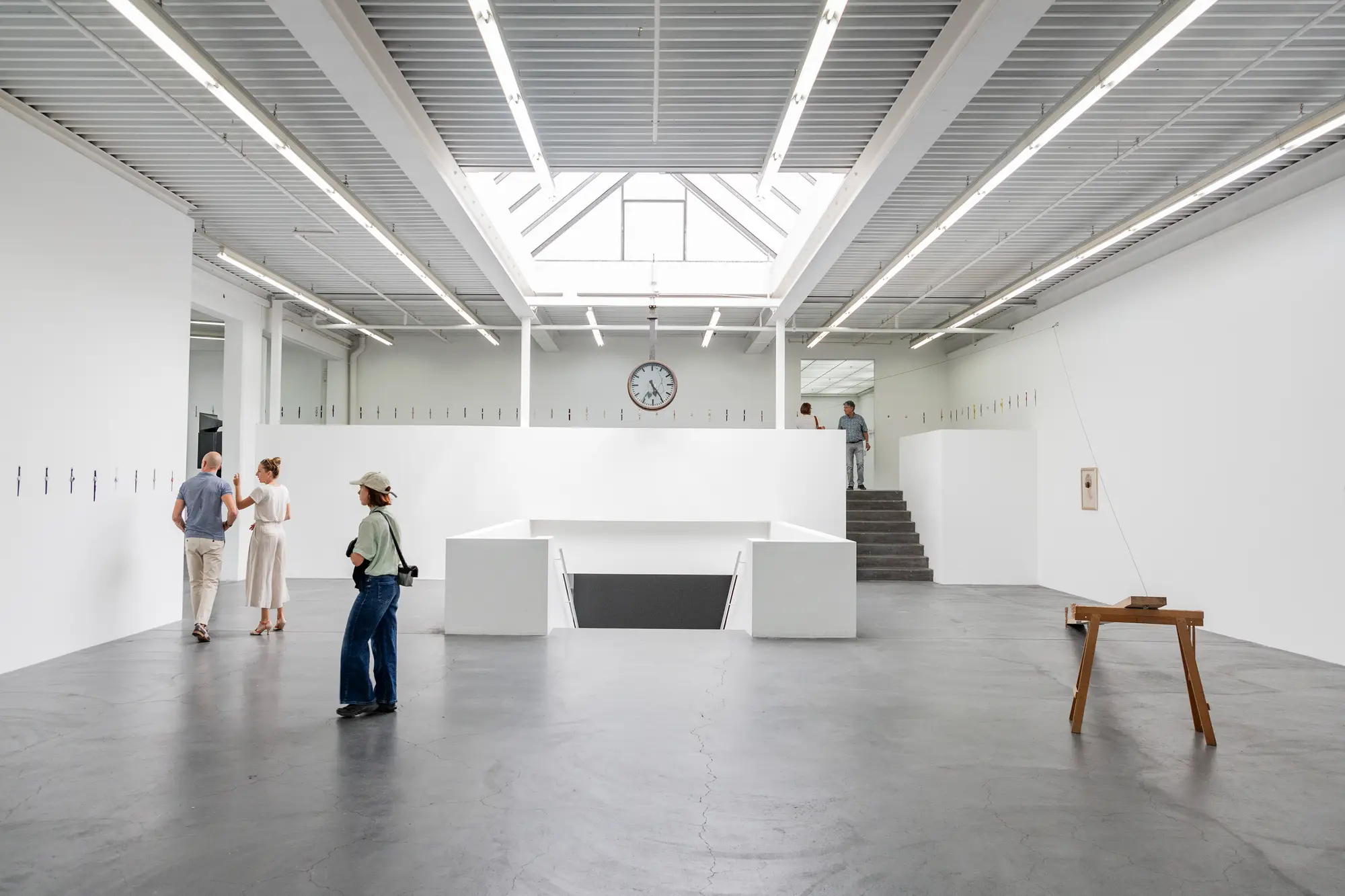
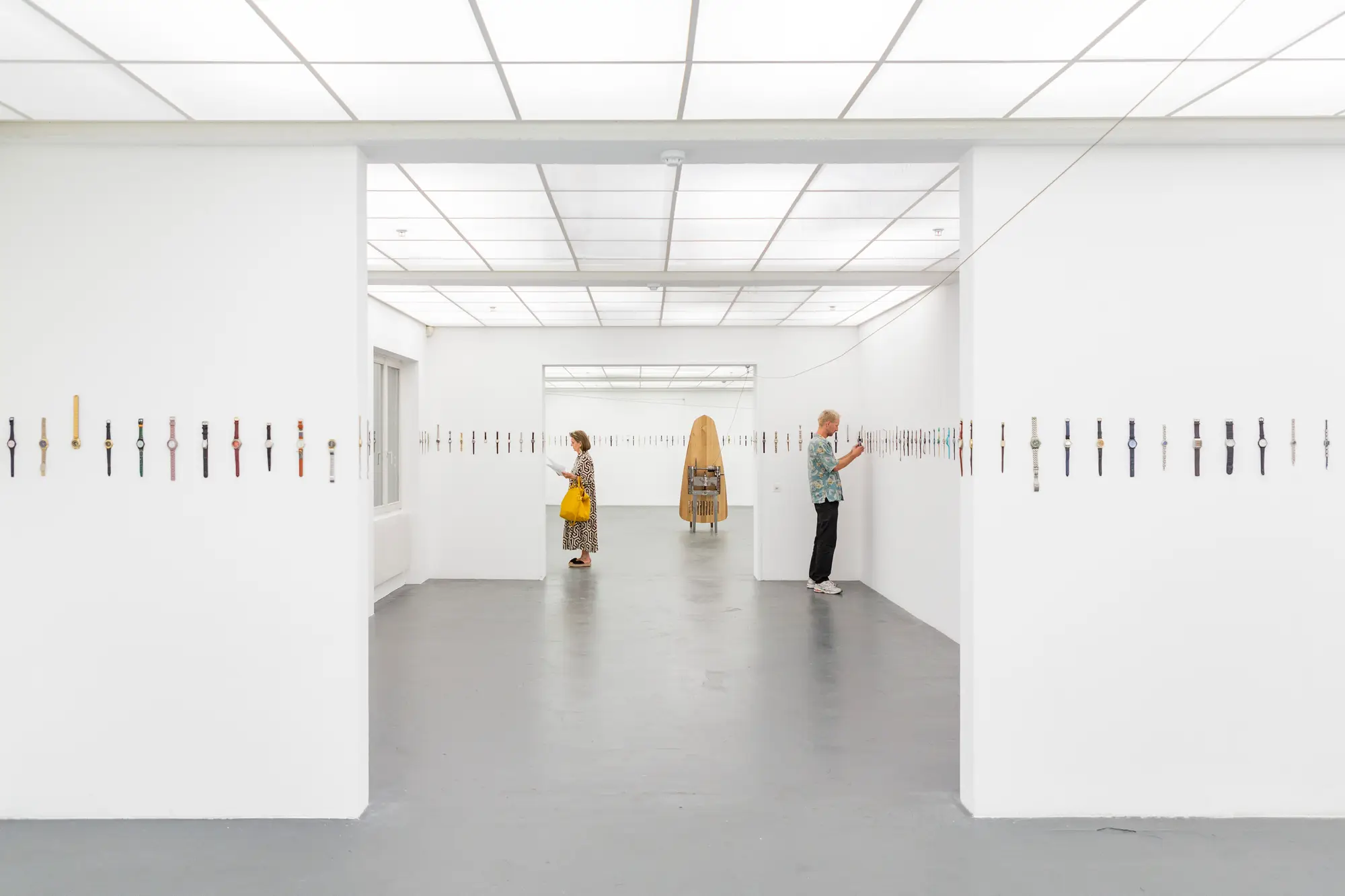
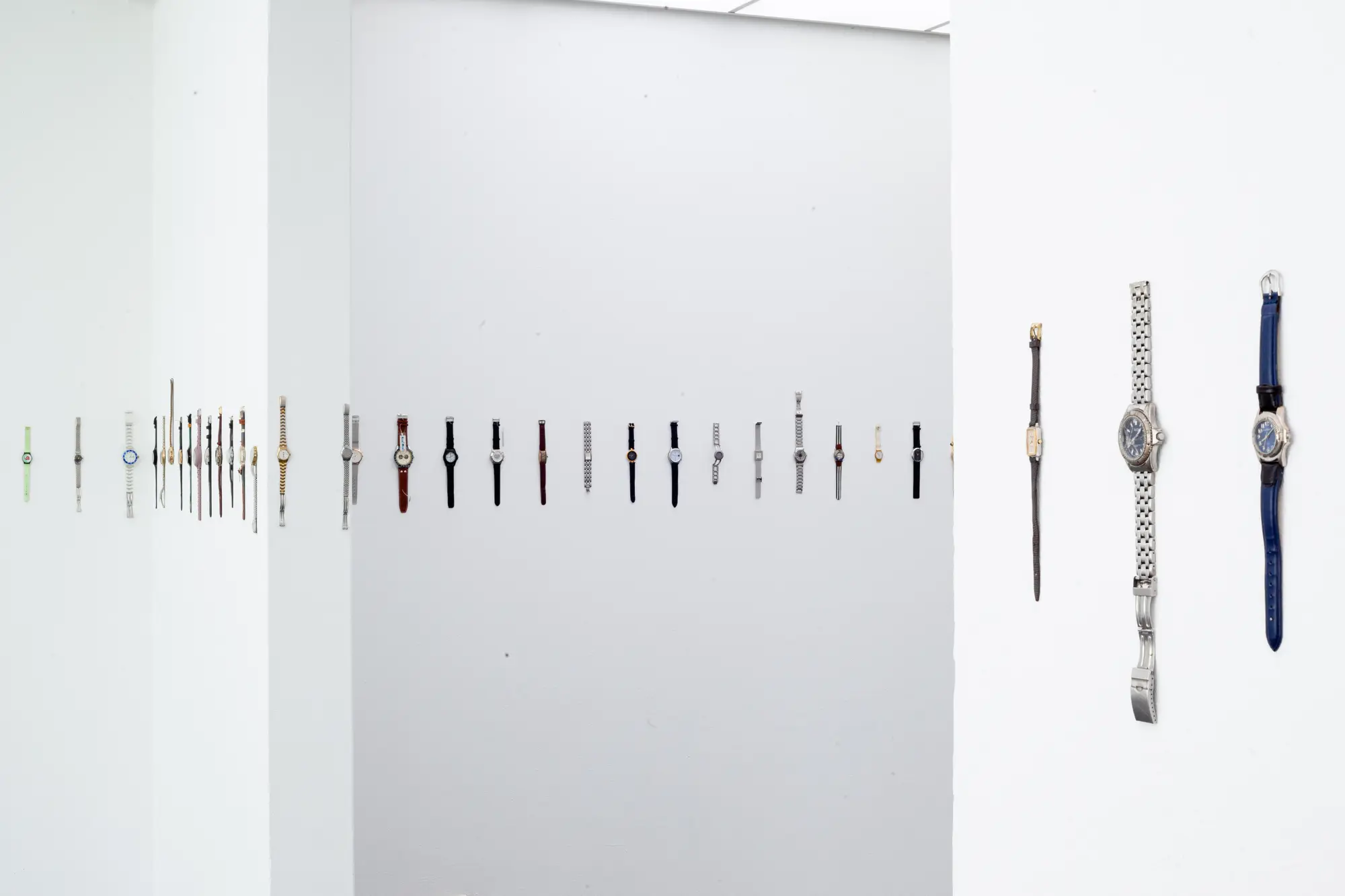
Sebastian Schachinger will be presented by Gallery Windhager von Kaenel from Zug, Switzerland. Find them at booth number A25
While the specific details of what Schachinger will exhibit remain undisclosed, it offers an intriguing element of surprise.
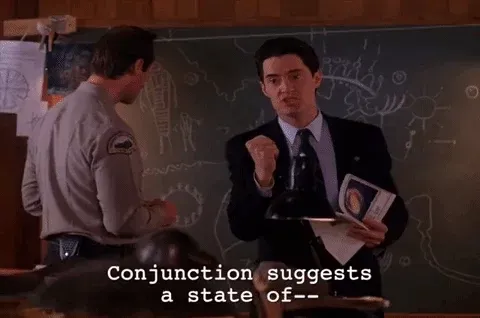
Join the Club
Given his historical focus, there is a possibility that he may continue to engage with themes surrounding the mechanics of time, a concept he has profoundly explored by turning the intangible into something almost palpably present.
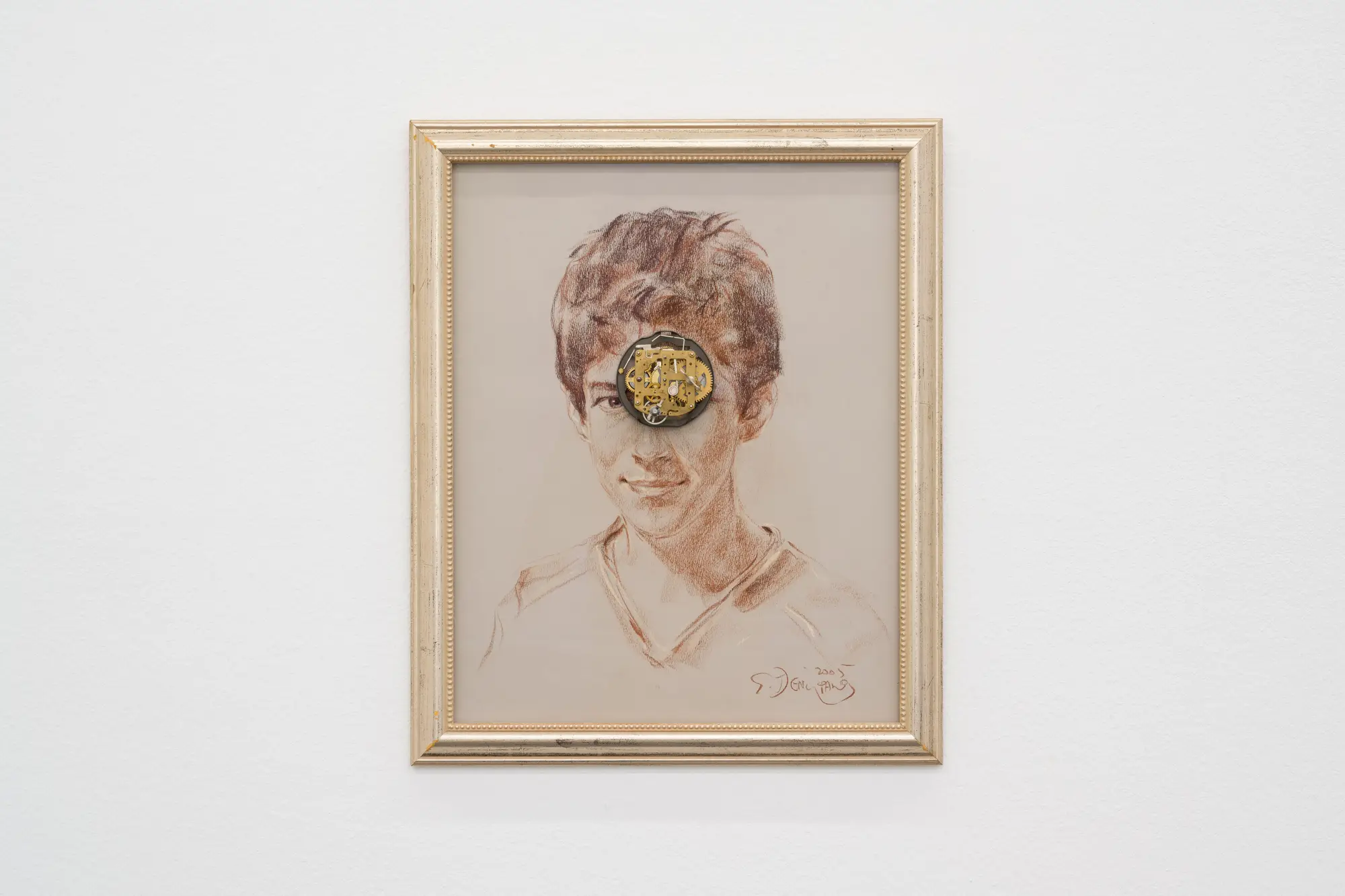
However, as of now, these details are not confirmed, and we await his latest contributions with keen interest.
Exploring the Immaterial Presence of the Past
Schachinger’s work revolves around a few central ideas, but none more compelling than the concept of the immaterial presence of the past.
This is not just about what has happened, but about how the past continues to exist in a non-physical form—echoes that resonate in the present.
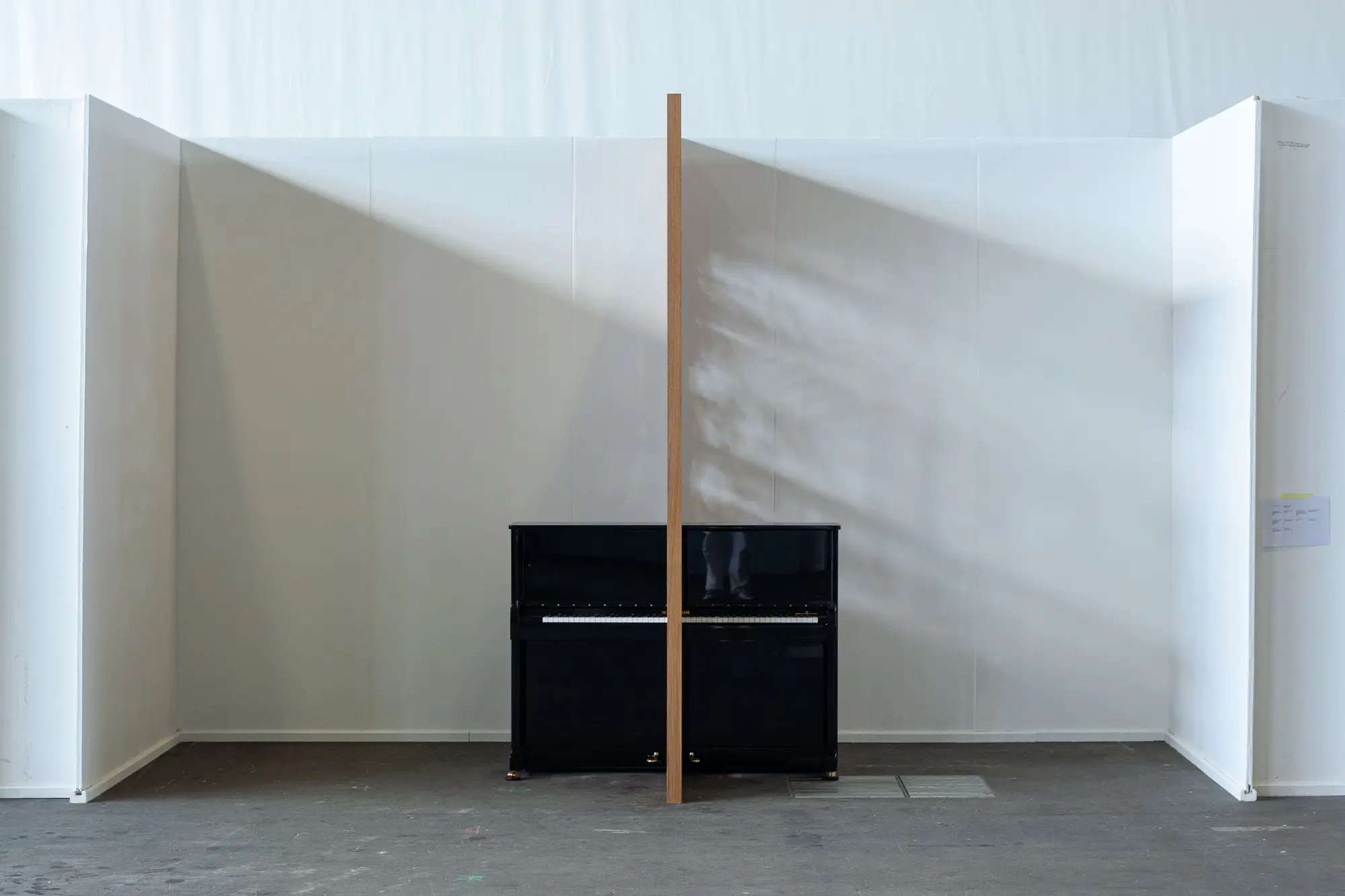
He often incorporates autobiographical elements, weaving his personal history into broader narratives about time and memory.
This creates a dialogue between the personal and the universal, making his work resonate on multiple levels.
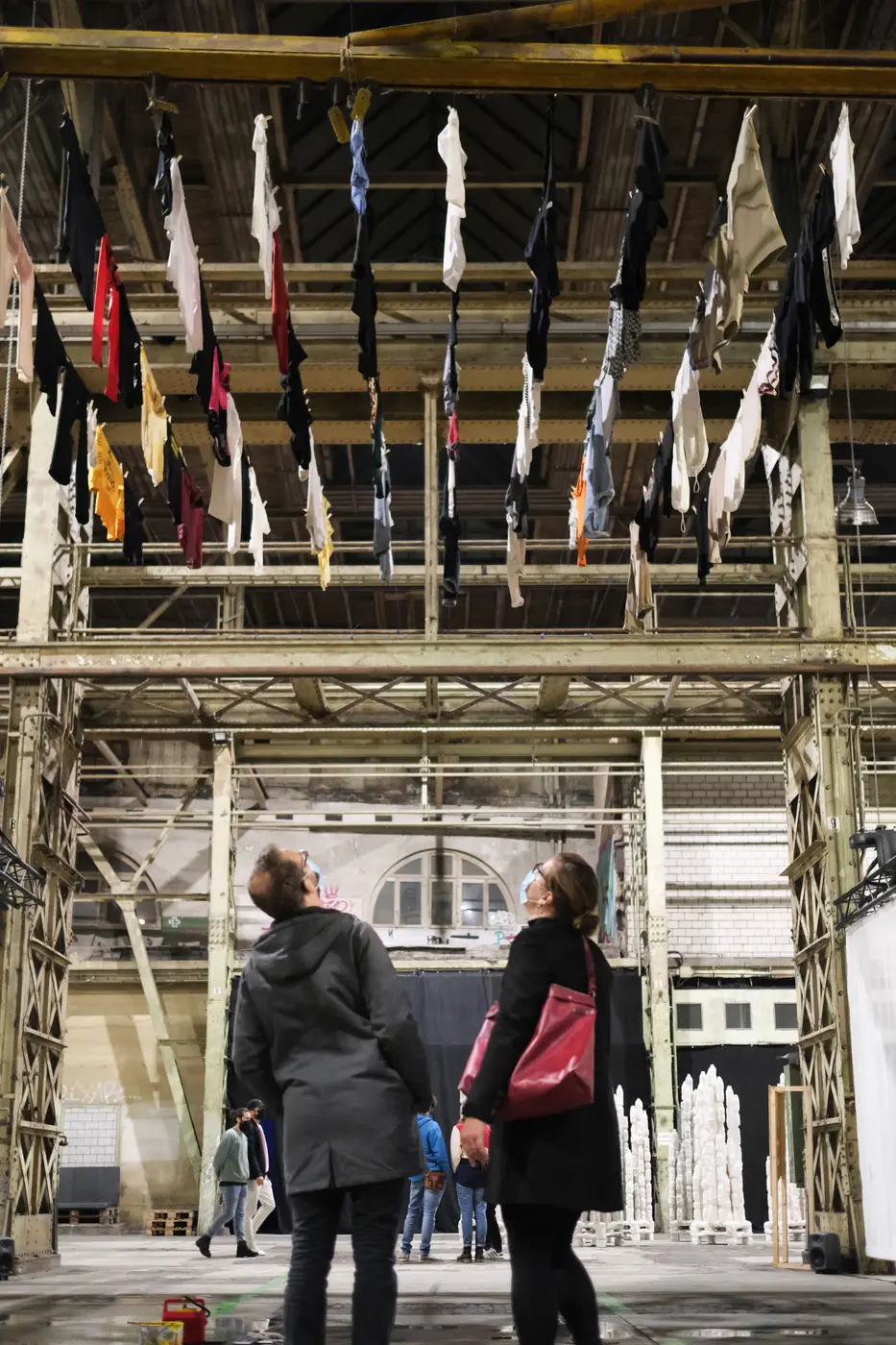
One of his notable works, "Elegy to the Memory," epitomizes this exploration. Schachinger describes the past as a ghost, a concept rather than something with tangible reality.
It is only alive in our memories, a thought echoed by Jorge Luis Borges in his writings on time.
In "Elegy to the Memory," the presence of the past is depicted as being stored in the fabric of clothes, omnipresent yet elusive.
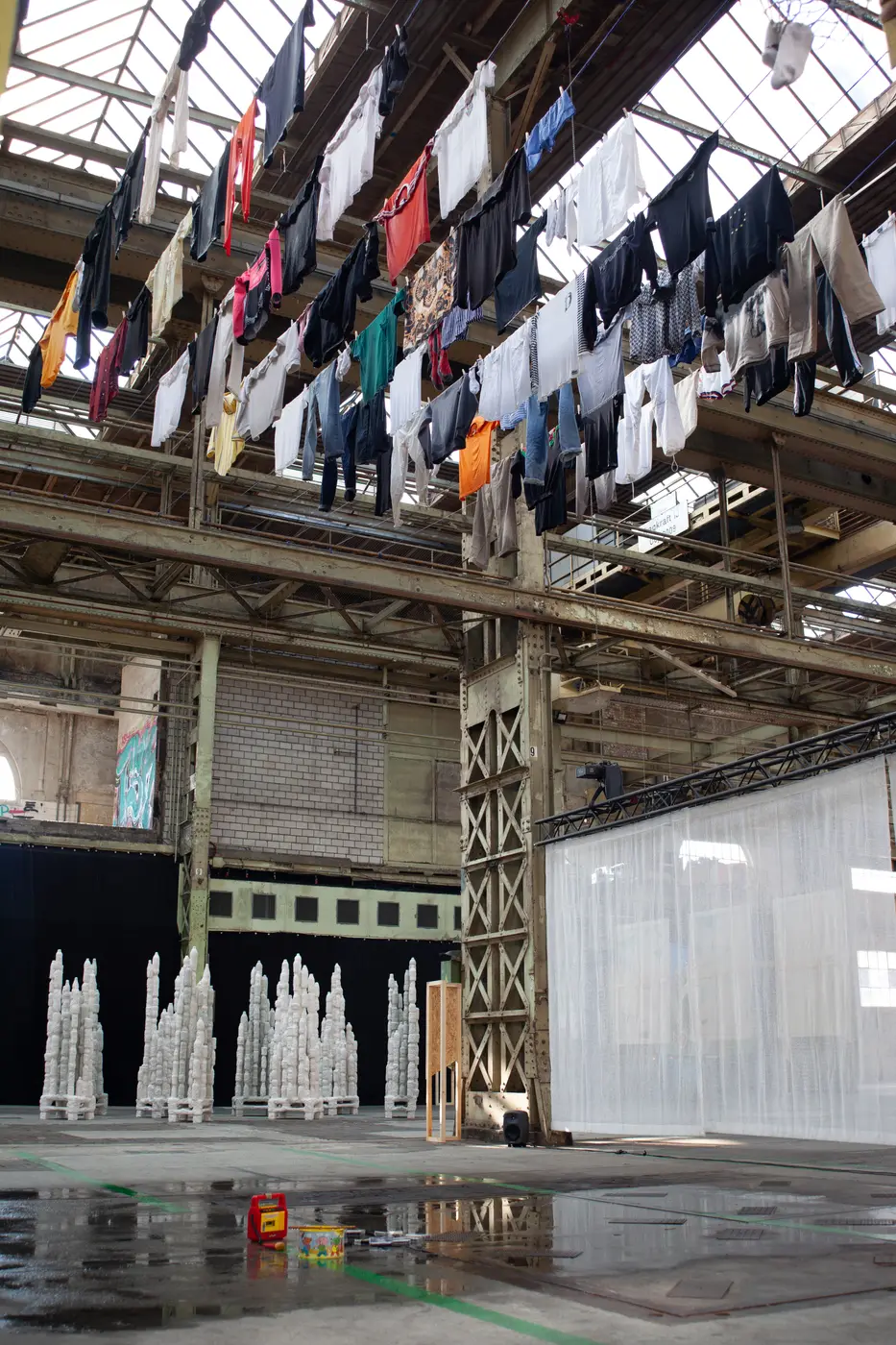
The work includes a tin drum, a personal relic from his deceased father’s apartment, which continues to play despite the absence of the boy who once played it.
This piece embodies Schachinger’s belief that memories are too vague to be captured fully in words—they are fragments, incomplete yet powerful.
Philosophical Reflections on Time and Society
Schachinger’s work also delves into the concept of societal synchronization, questioning how our lives are dictated by the rigid structures of time.
His recent exhibition "Notizen zur 13. Stunde" at Kunsthaus Baselland in 2023 is a striking example.
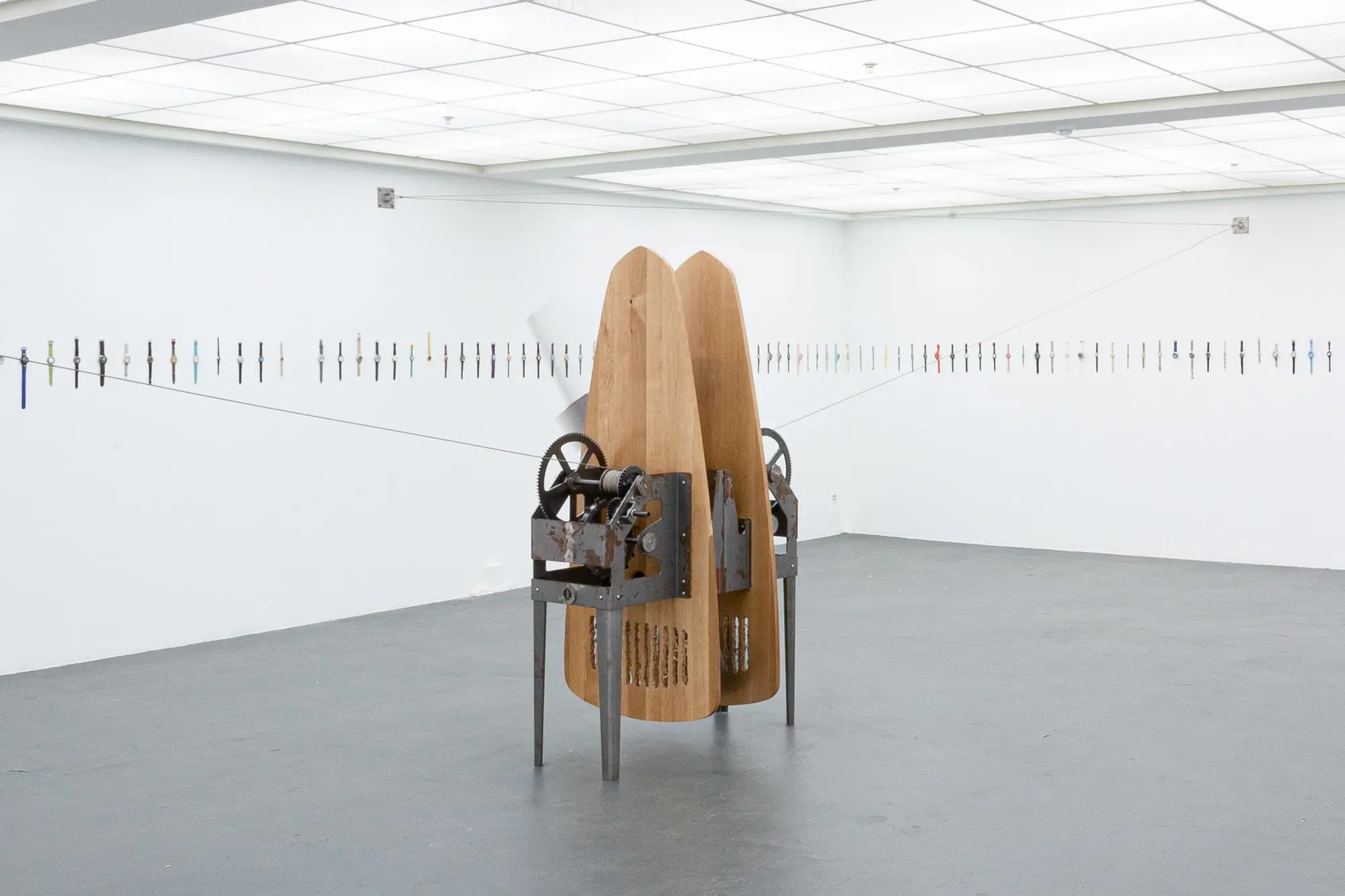
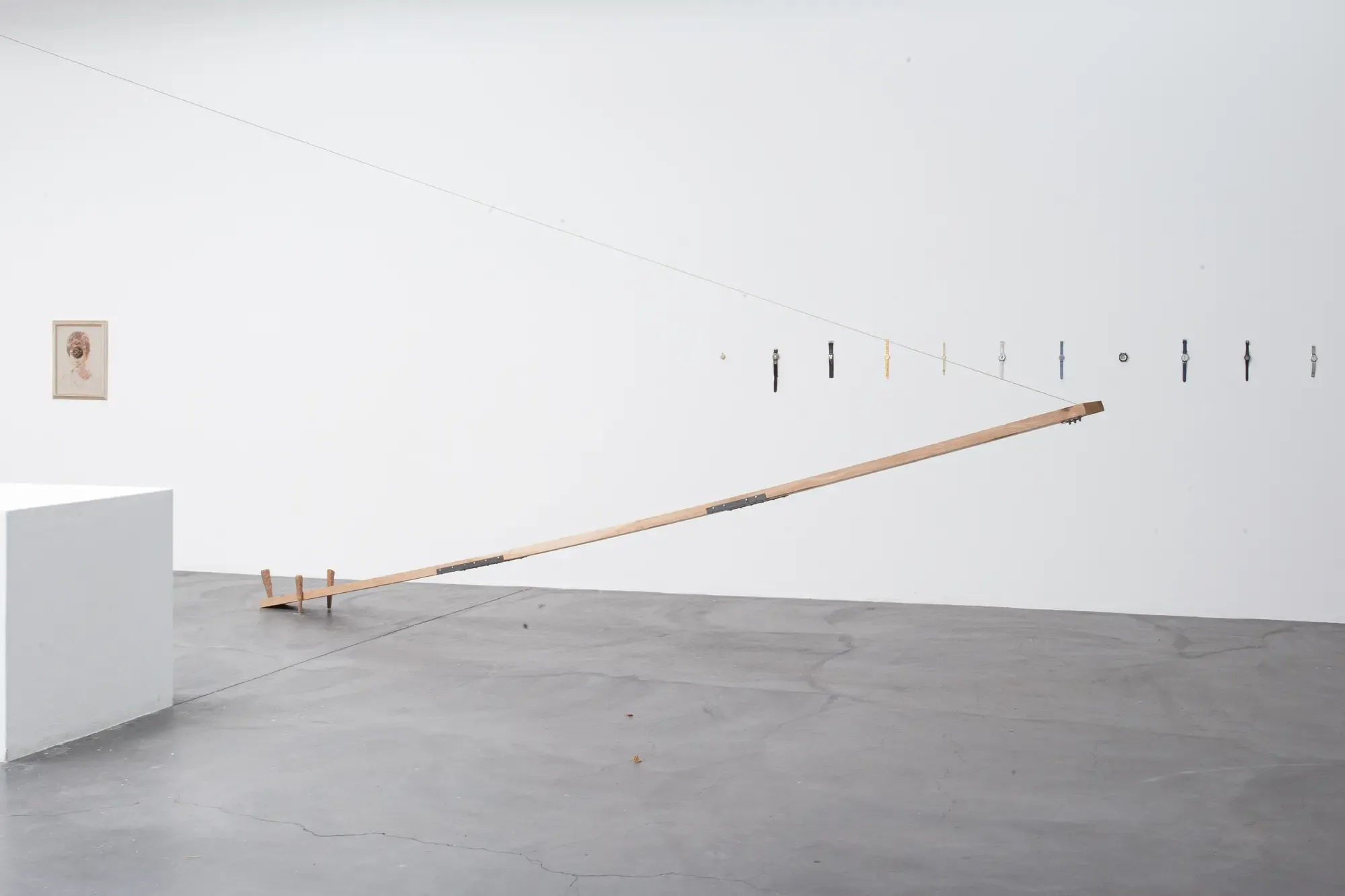
By introducing a 13th hour into the conventional 12-hour cycle, Schachinger disrupts the normal rhythm of both his life and that of the institution hosting the exhibition.
The piece serves as a commentary on the impossibility of fully synchronizing with the surrounding world, a notion that becomes physically tangible as visitors engage with the artwork at unconventional hours, often in the middle of the night.
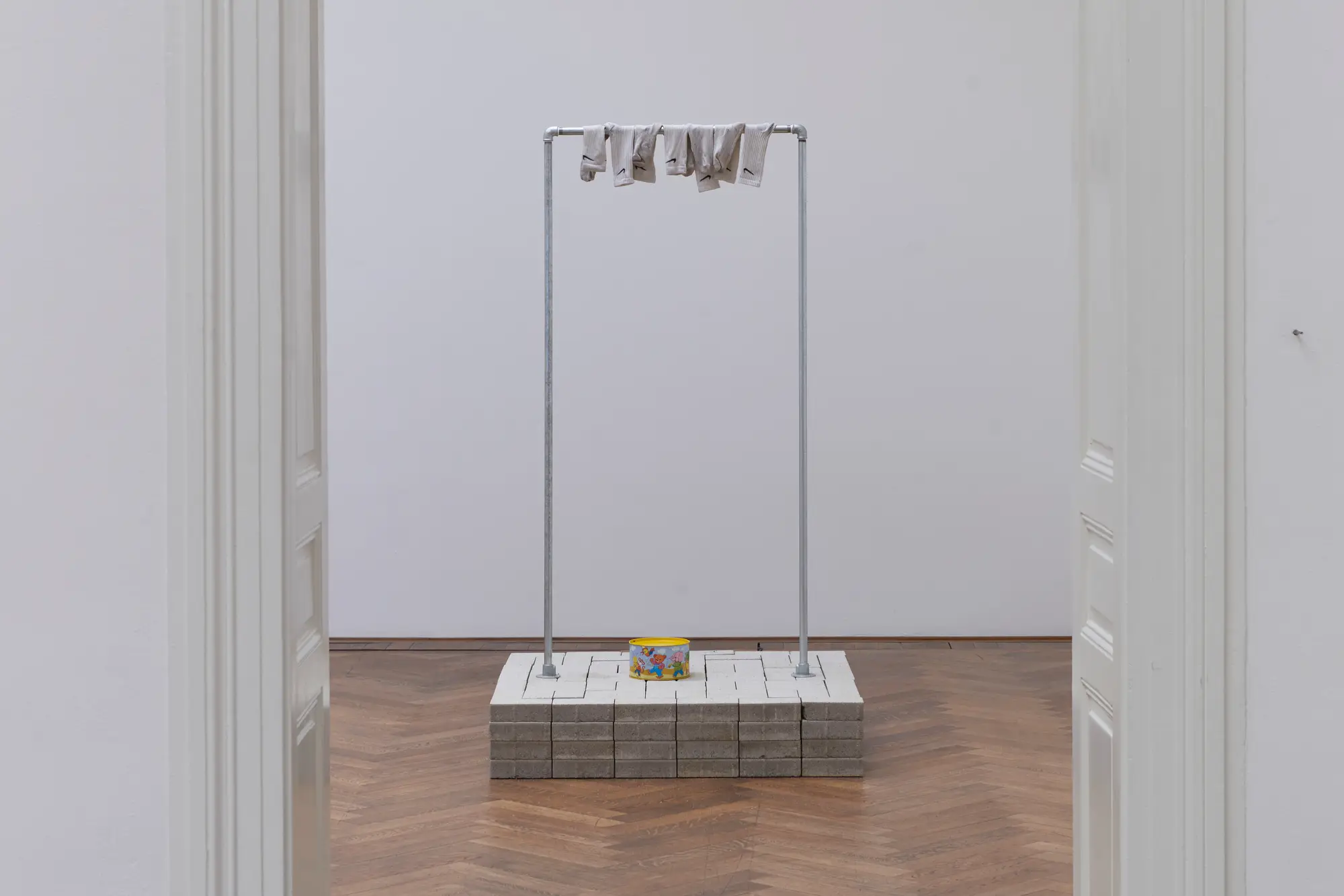
This work raises critical questions about how we allocate time, particularly in the context of being an artist.
Schachinger is not just adding another hour to the day; he is challenging the very structure that defines our daily existence.
By shifting his own rhythm and that of the institution, he creates a new temporal framework that invites the audience to experience desynchronization and its implications.
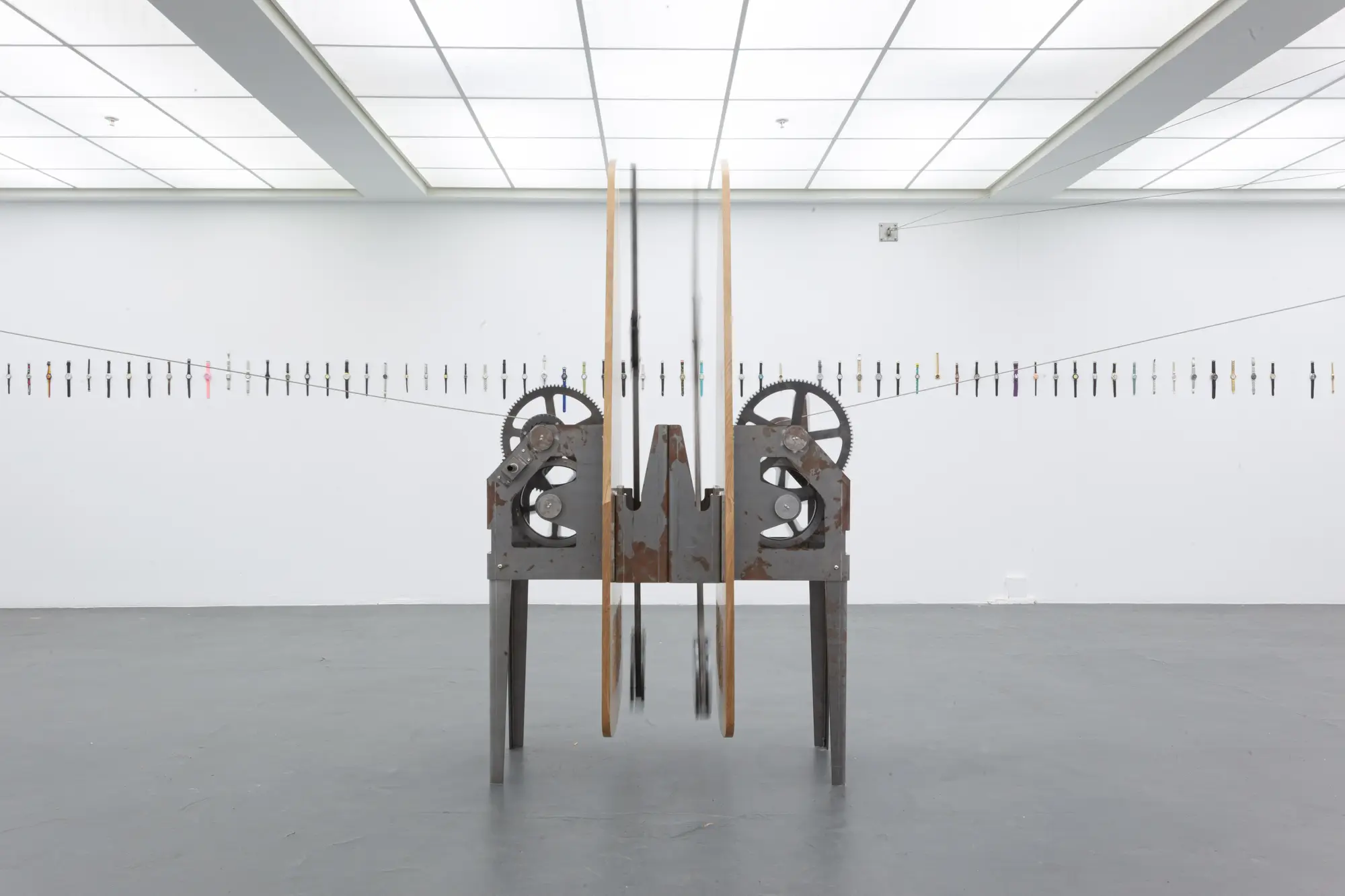
The "720 dead swiss" installation, part of the "Notizen zur 13ten Stunde" exhibition, is a haunting yet captivating visualization of this concept.
Imagine walking into a room and seeing 720 watches, each stopped at a different minute, symbolizing moments that once ticked but now stand still—each representing a pause, a story, a slice of someone's life halted in time.
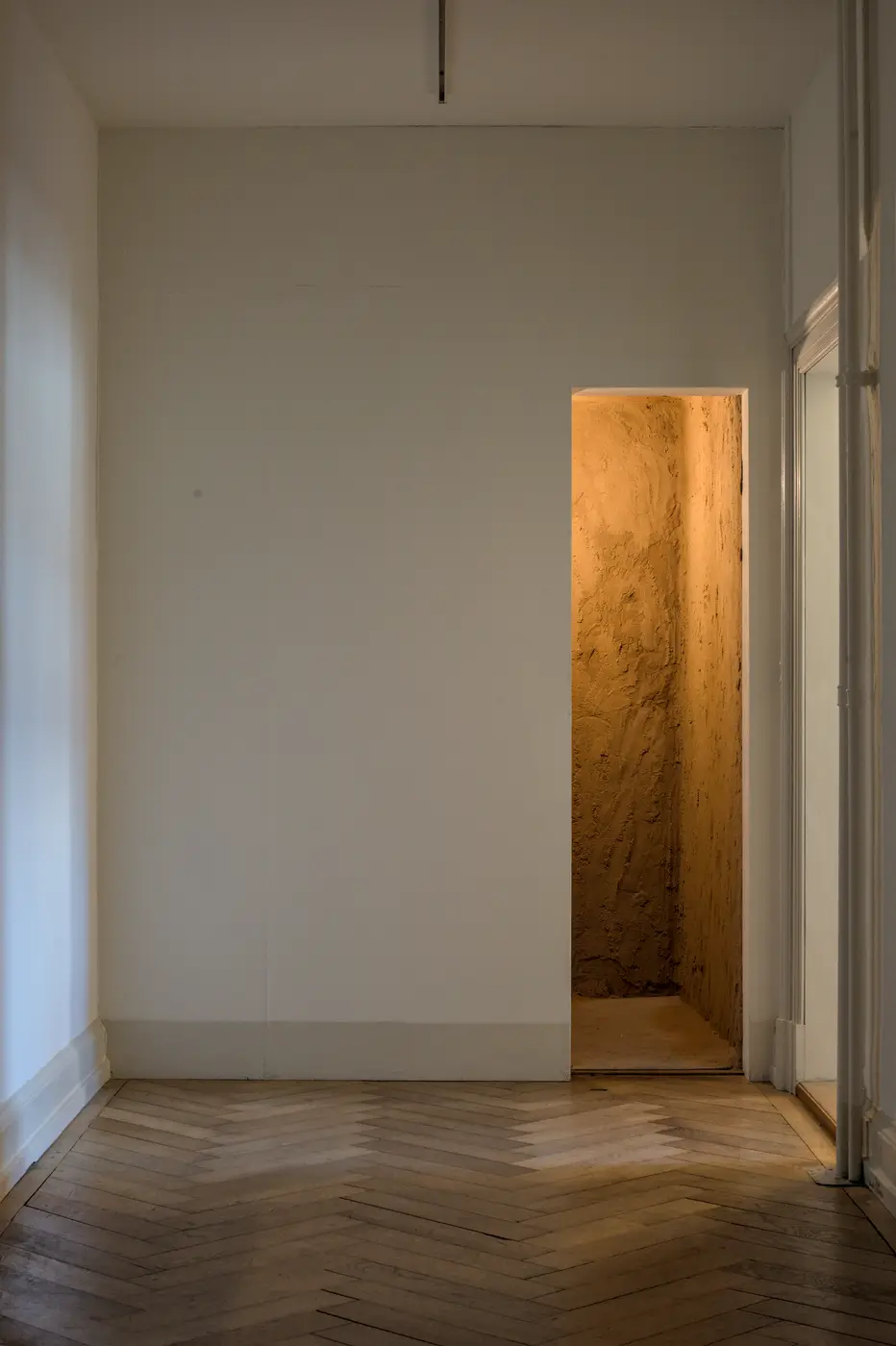
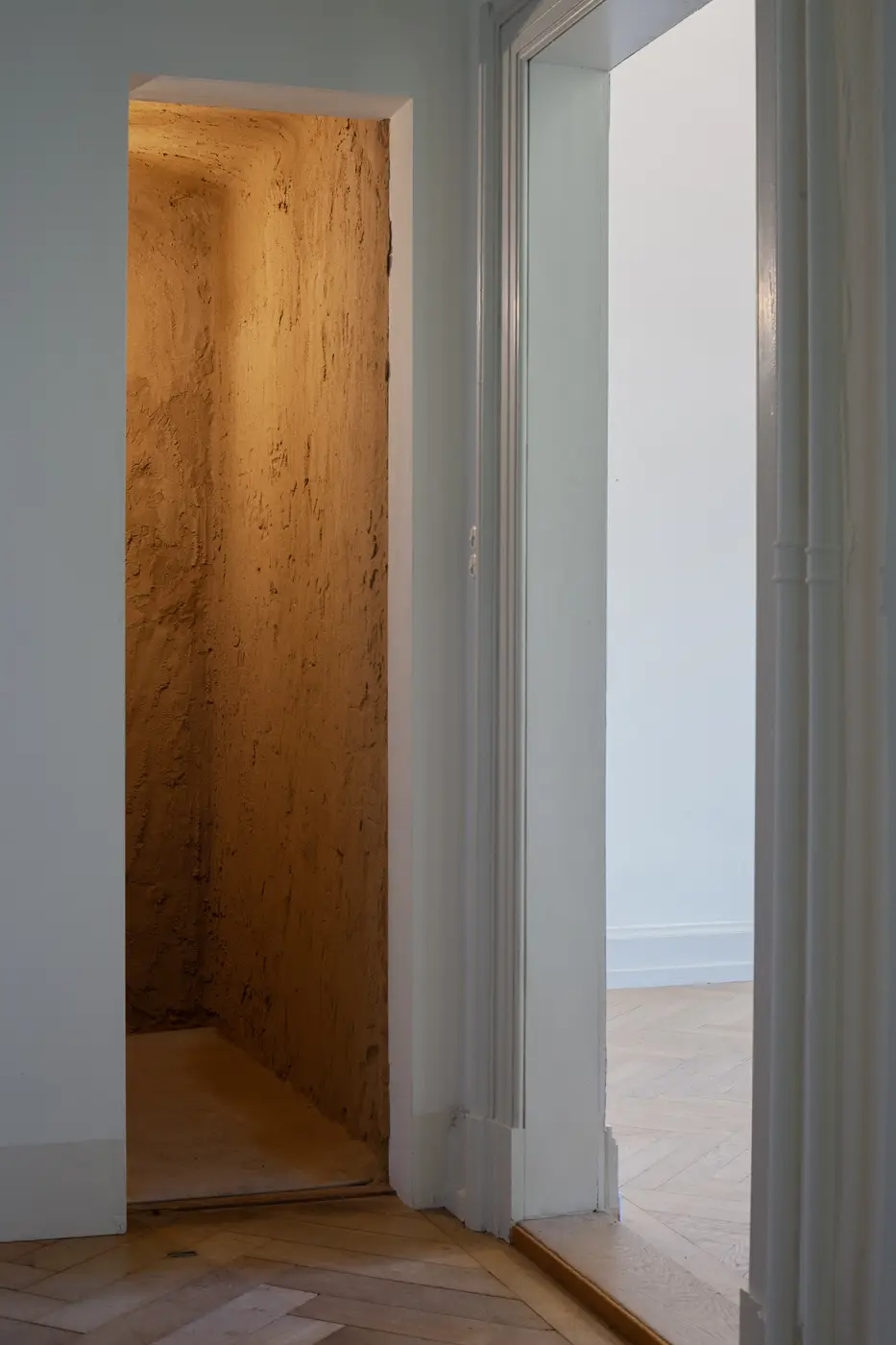
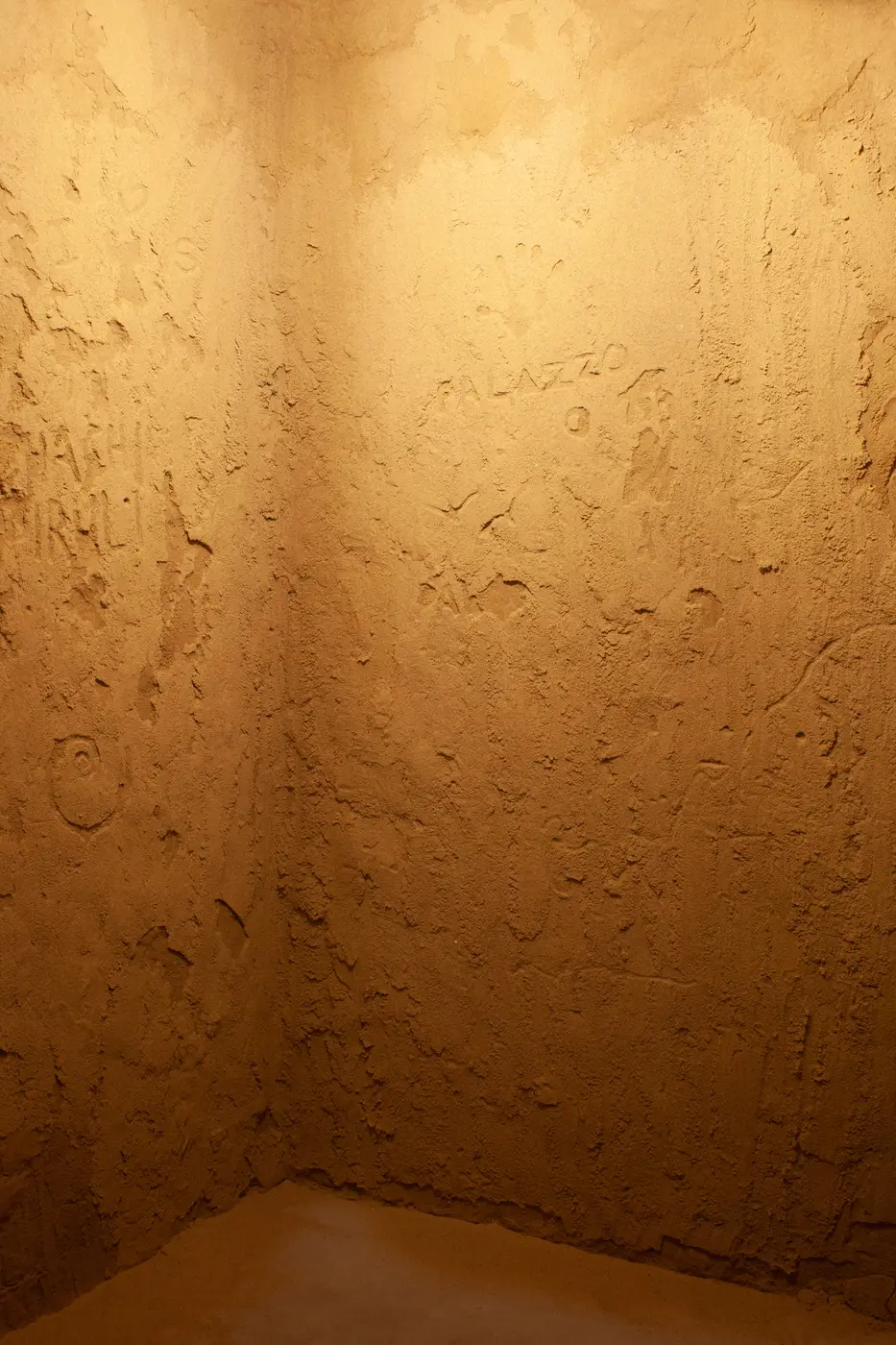
Sebastian Schachinger: Memorloko 3, 2022 (exhibition view @ Regionale 23, Kunsthalle Palazzo, Liestal) sand, water, polymer, carpet 240 x 170 x 170 cm
It’s like walking into a frozen orchestra where each watch is a silent instrument, waiting for a conductor to set it off.
Art as a Process and Practice
Schachinger’s approach to art is process-oriented and often involves elements of performance, sound, and large-scale installations.
He sees performance as a practice—a way to learn about life and the world through physical experiences.
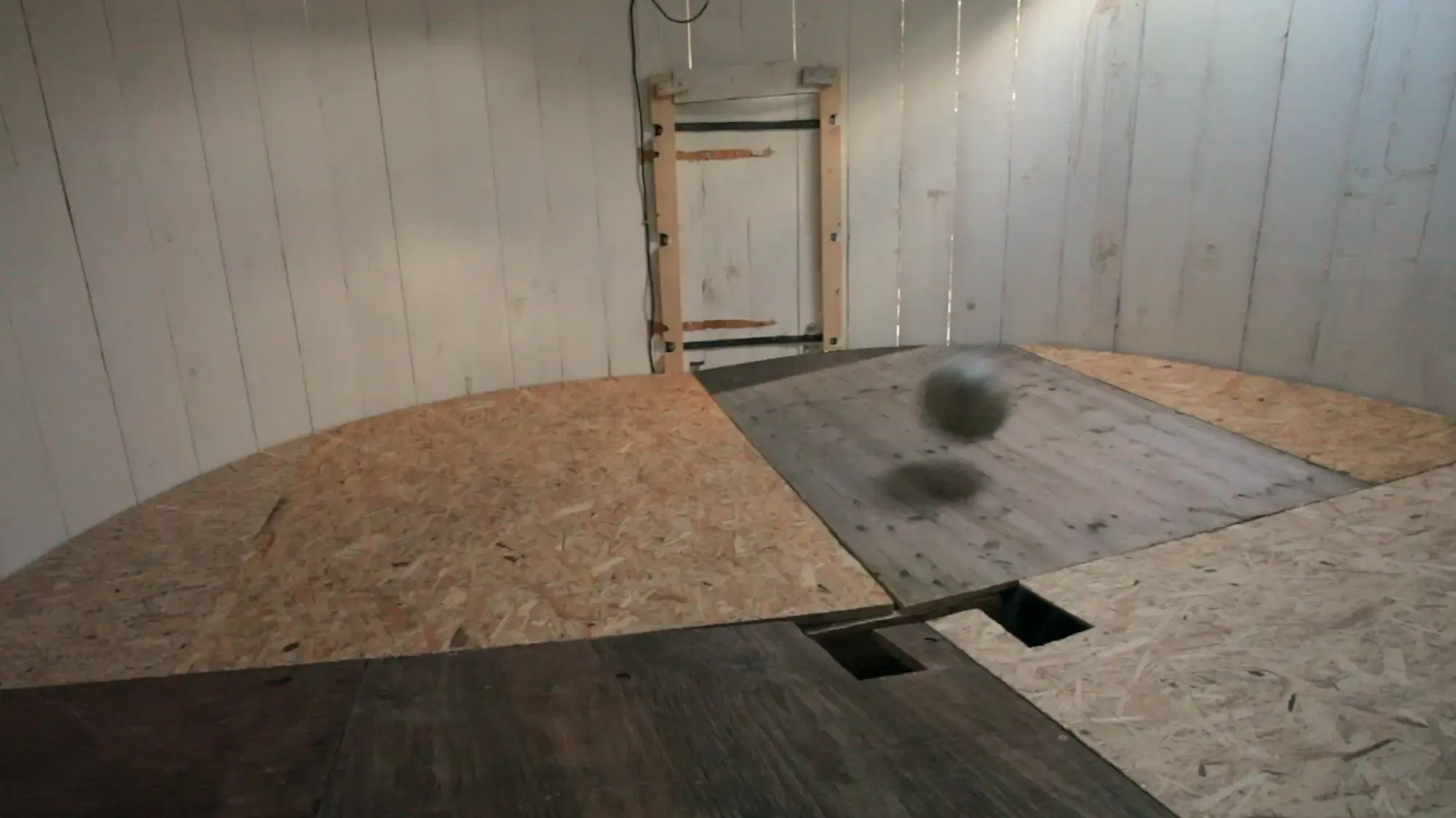
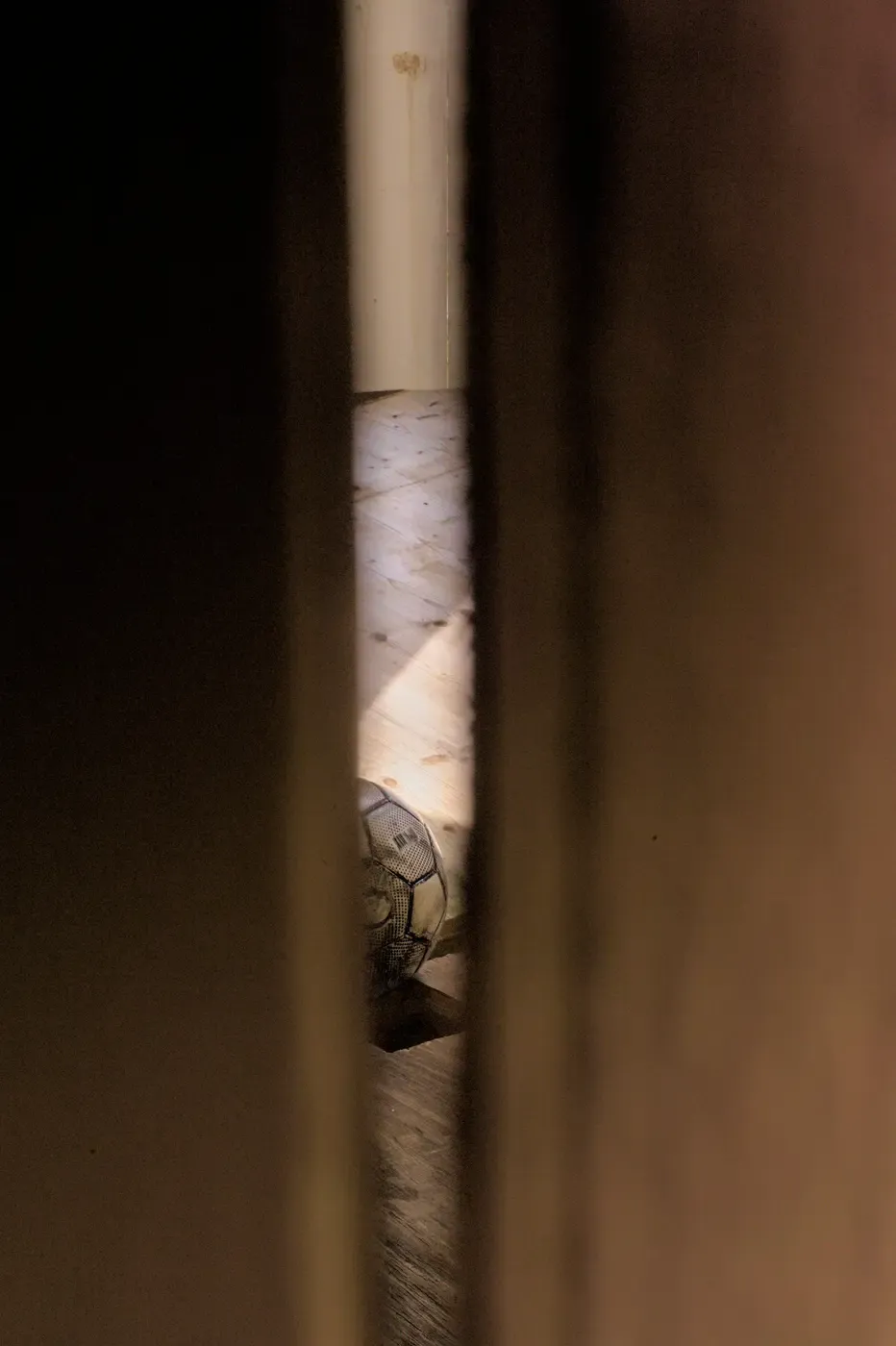
Sebastian Schachinger: City SALTS: Der sichere Steinwurf lernt sich das durch das Ballspiel Installation by R. Sebastian Schachinger in the Watertank, curated by Mario Kreuzberg
This is evident in works like "Moonflowers" and "NNNSSSMMM (New Not New Sound Space Soccer Machine Motor Music)," where the process of creation and the interaction between the artist, objects, and space are as important as the final piece.
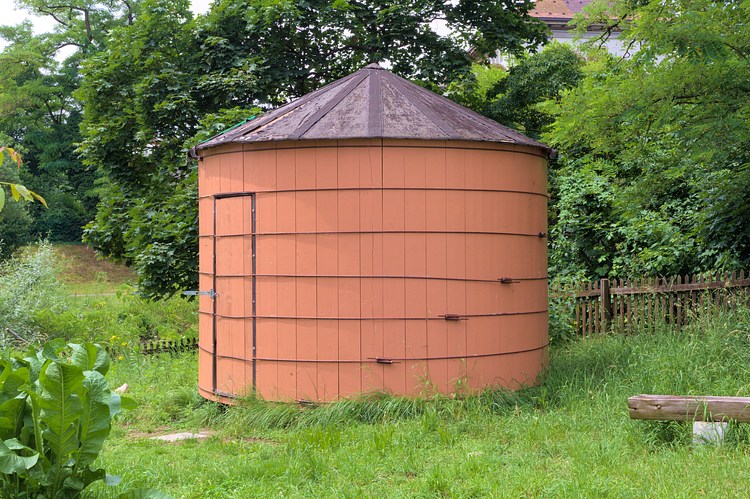
Sebastian Schachinter at Salts
His performances, particularly "Klavierstück für zwei," blend the ephemeral beauty of music with the solidity of his themes.
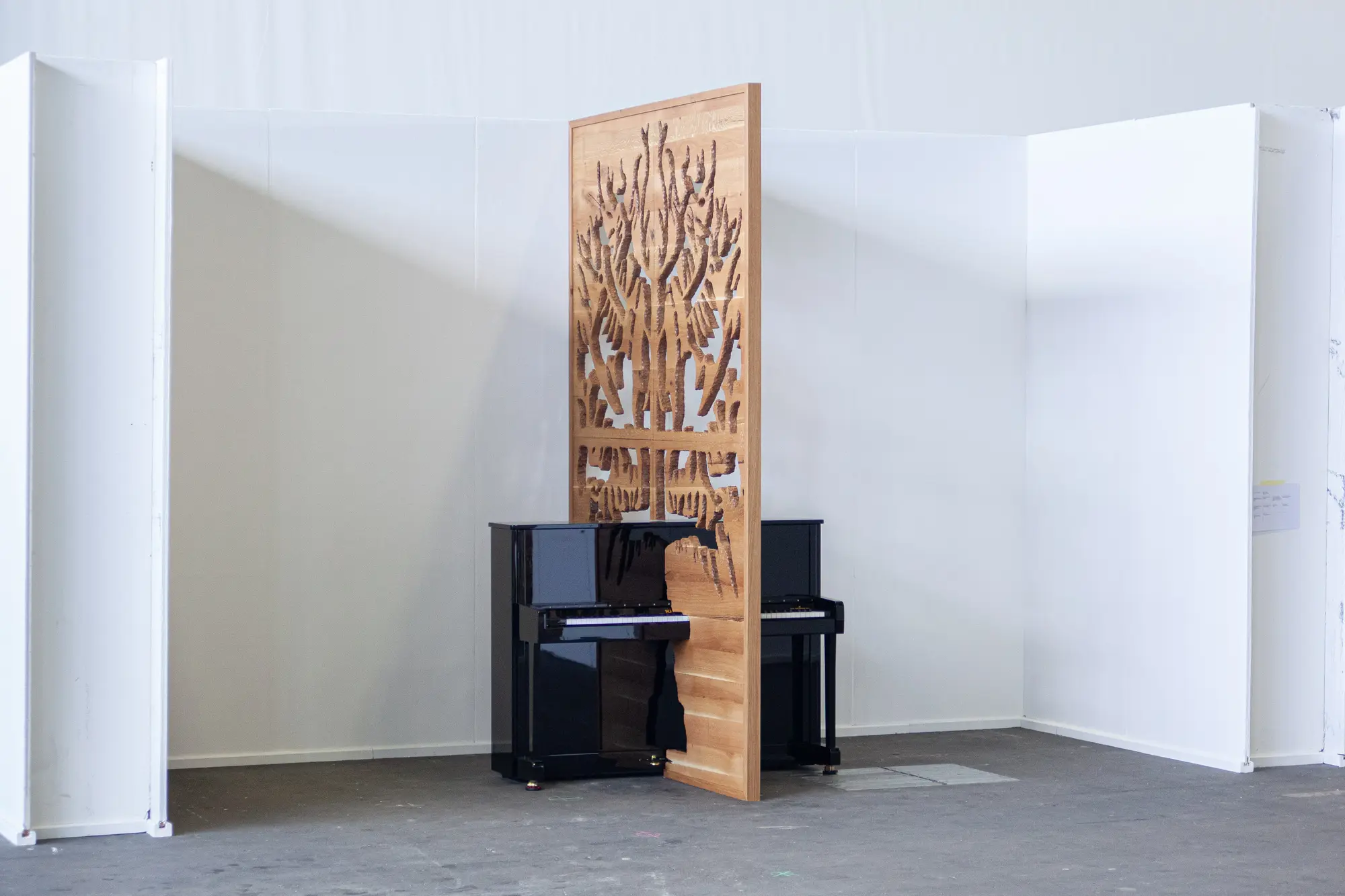
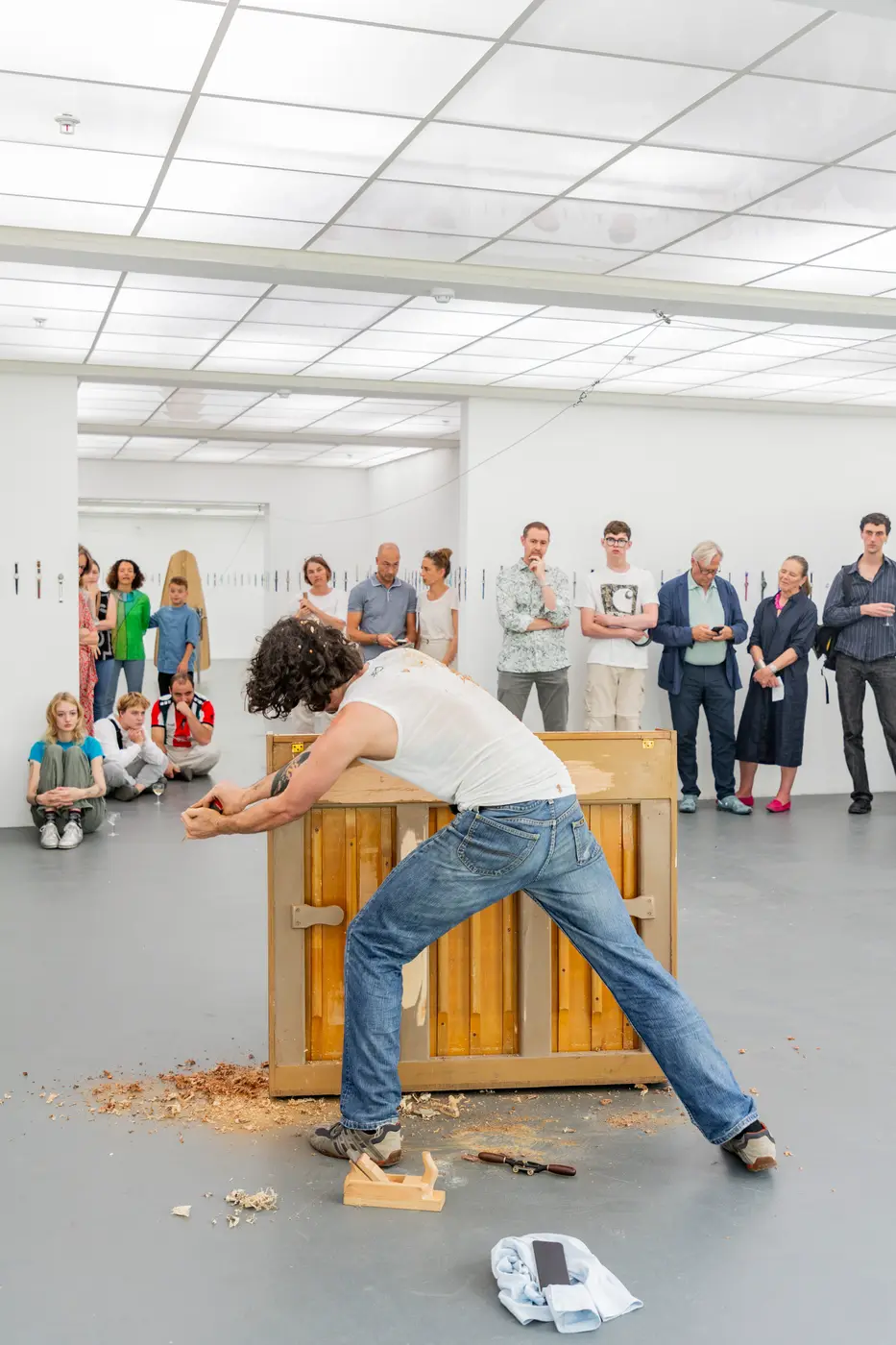
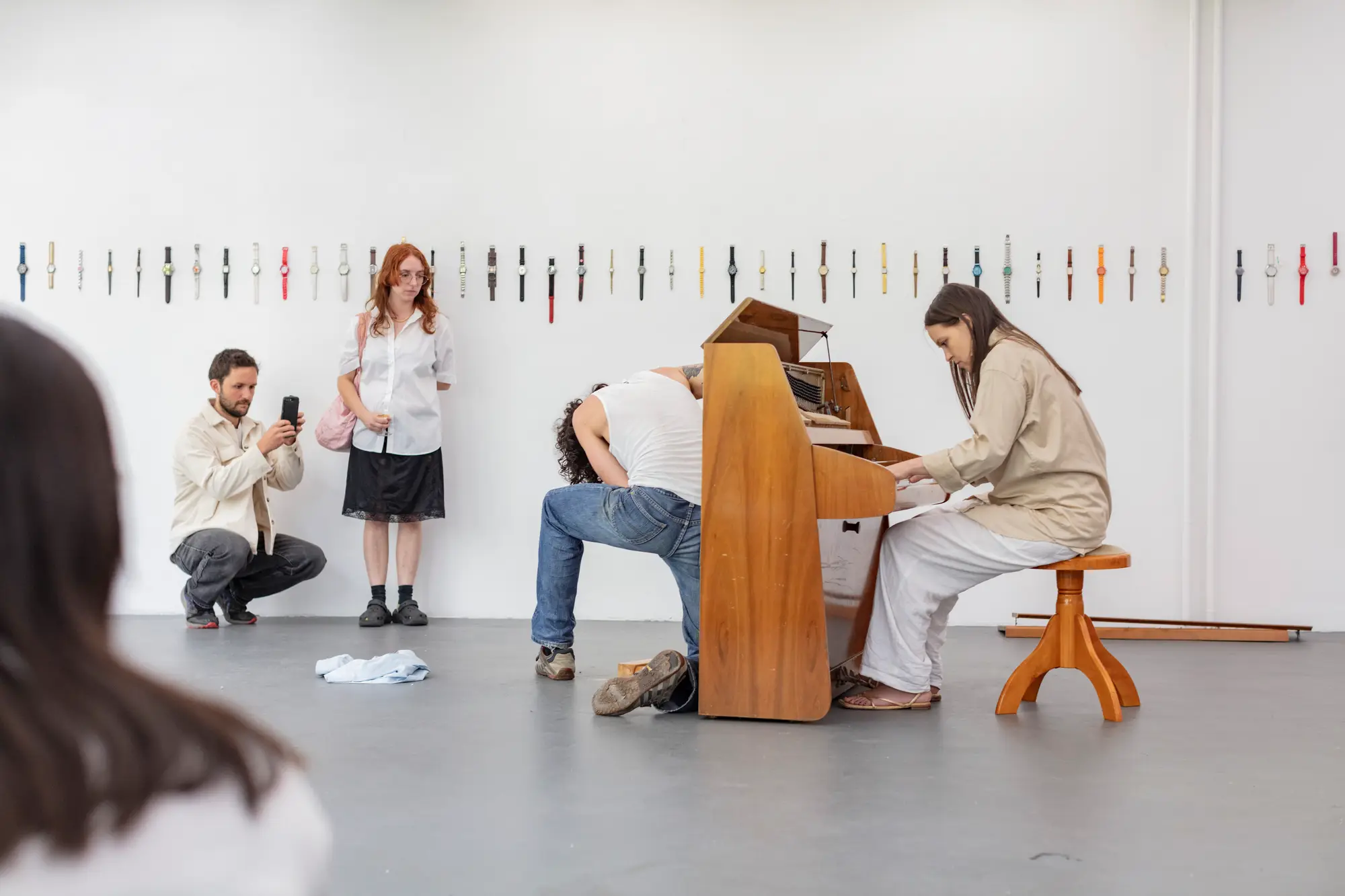
Sebastian Schachinger: Piano Improvisation für den Hobel, 2023 (performance @ Kunsthaus Baselland)
Music, inherently temporal and fleeting, is captured not just as sound but as an embodiment of time itself—here today, echoing tomorrow.
It’s a reminder of the beauty found in transience, in the knowledge that every note played is a note closer to silence, every moment passed is a moment closer to the end.
Exhibitions and Anticipation
Schachinger’s work has been exhibited in various prestigious venues, including Kunsthaus Baselland, Kunsthalle Basel, and the WAF Galerie in Vienna.
His exhibitions are often structured as a series of performances, as seen in "Notizen zur 13. Stunde," where each performance is tied to the altered temporal structure of the exhibition.
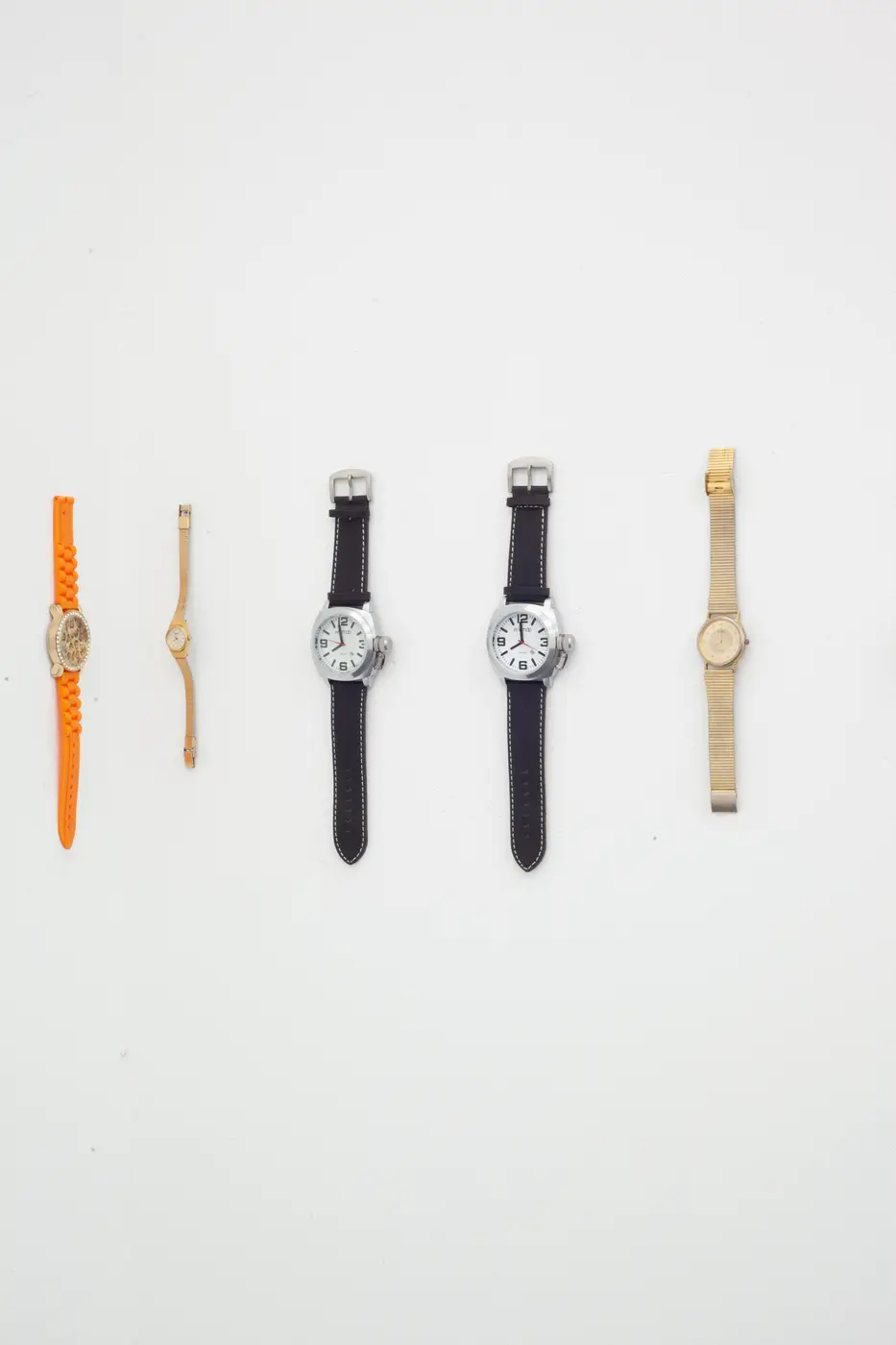
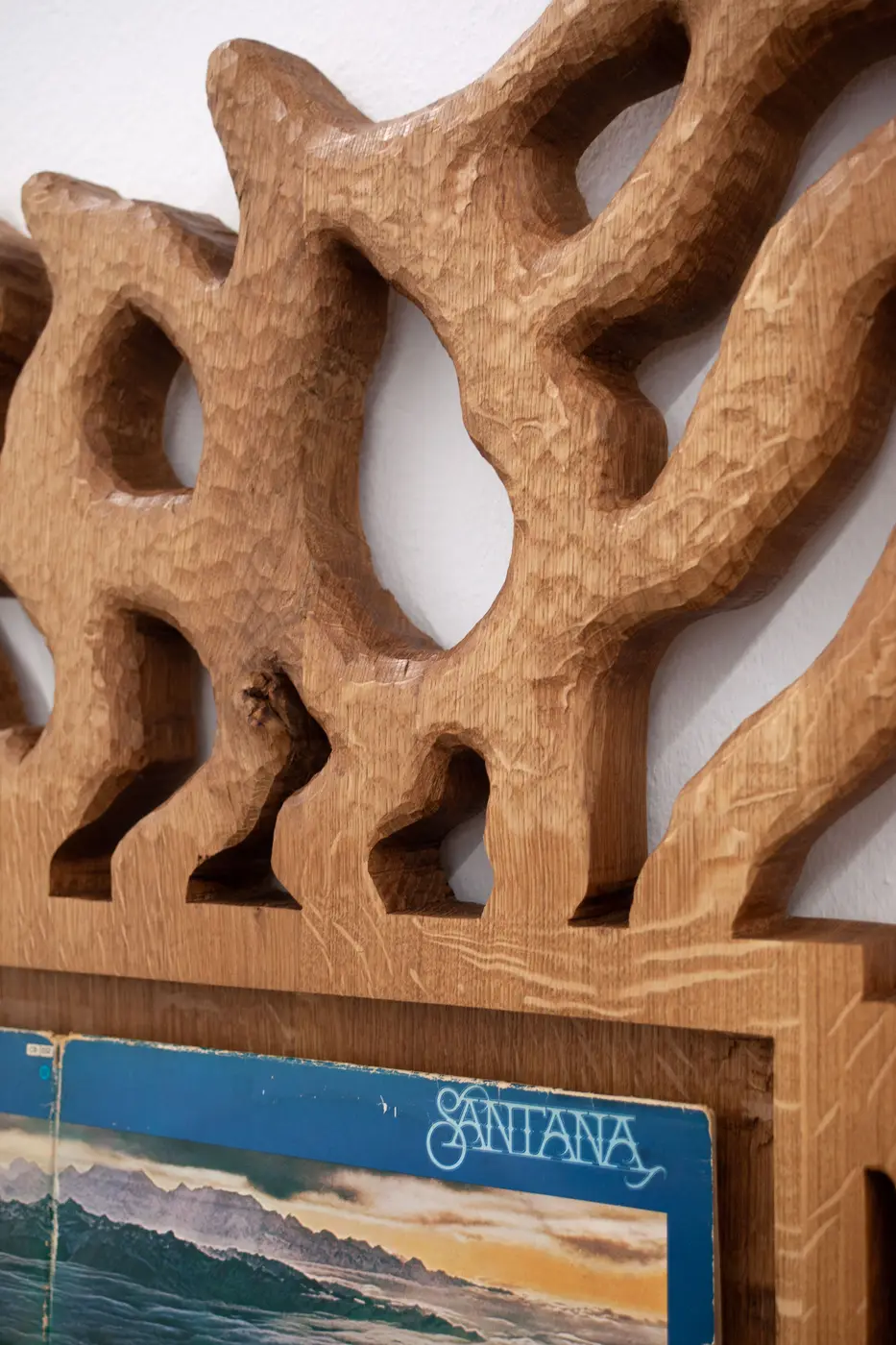
Sebastian Schachinger: left: (exhibition view “Notizen zur 13ten Stunde”, Kunsthaus Baselland) -> right: Frame for One, 2021 (Detail) oak, two copies of Santanas double LP album “Moonflower” 400 x 200 cm
This structure not only challenges the audience’s perception of time but also provides a coherent overview of Schachinger’s creative output, linking past performances with new ones in a continuous dialogue.
Summery:
R. Sebastian Schachinger art compels us to break free from conventional perceptions of time.
It invites us to embrace a more fluid, perhaps circular, understanding—one that respects time’s weight and acknowledges its passage, while also challenging its structure.
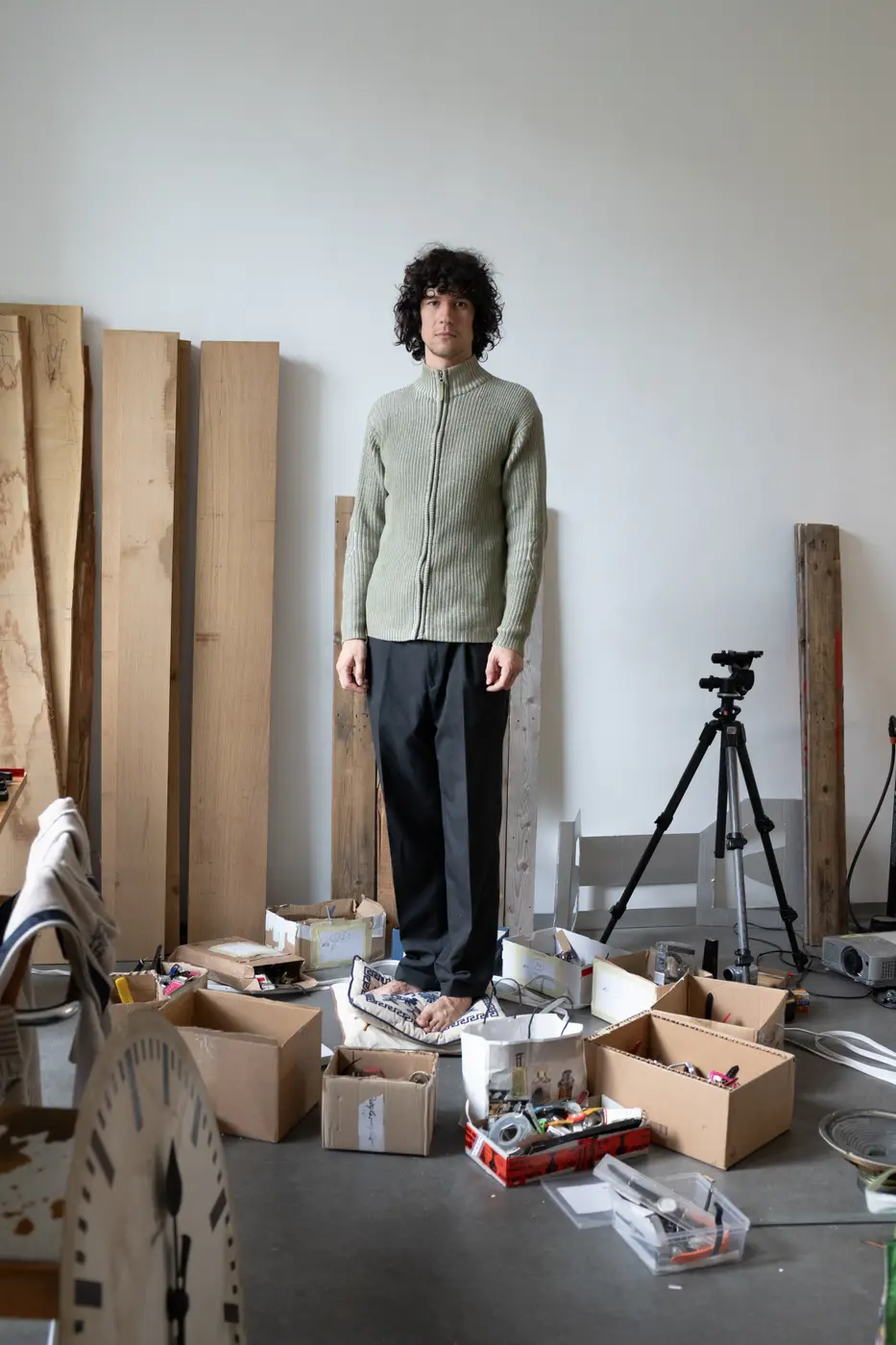
Through his work, we are encouraged to delve into the depths of memory and the echoes of the past, prompting us to reflect on the very nature of our existence.
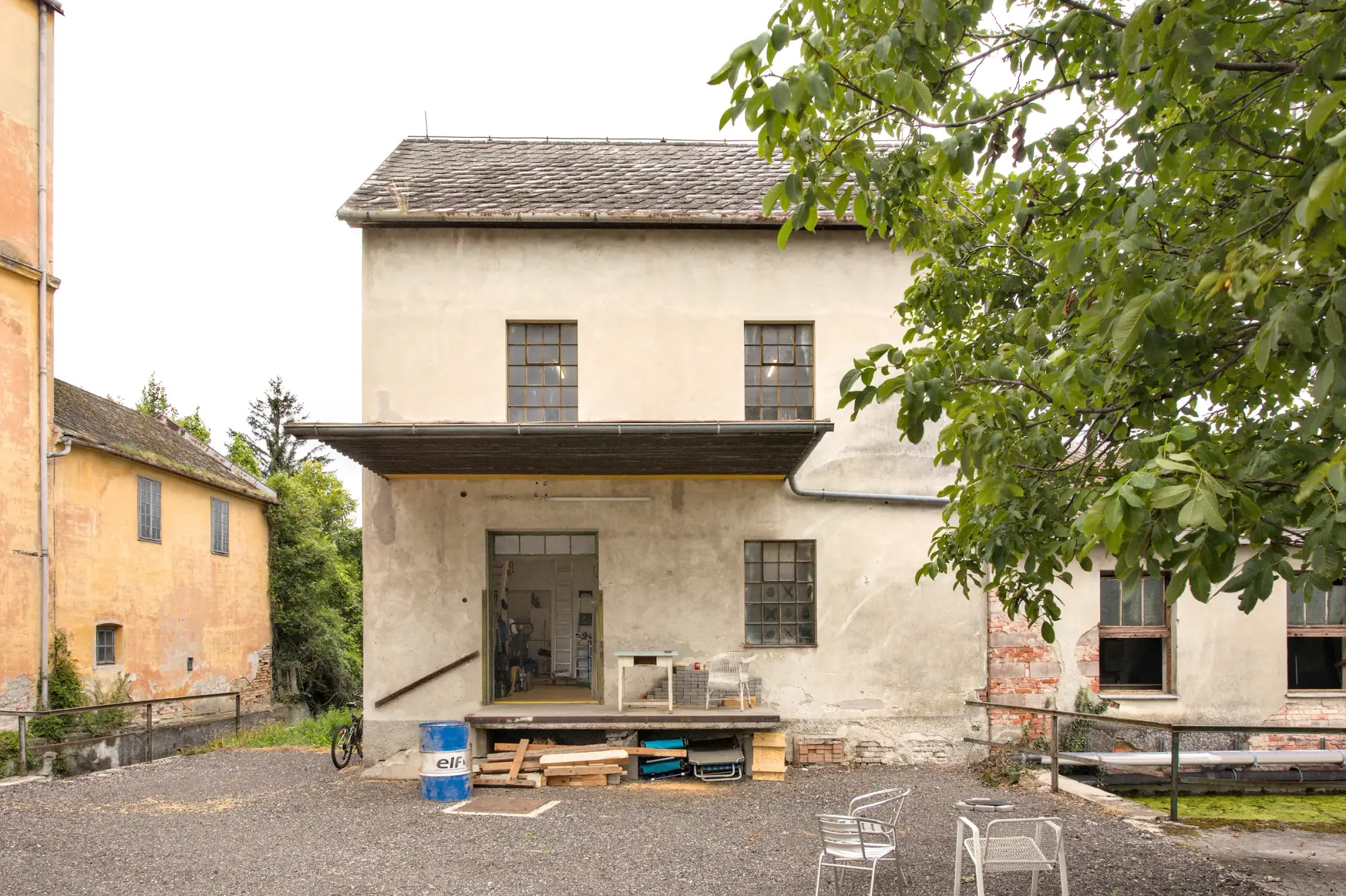
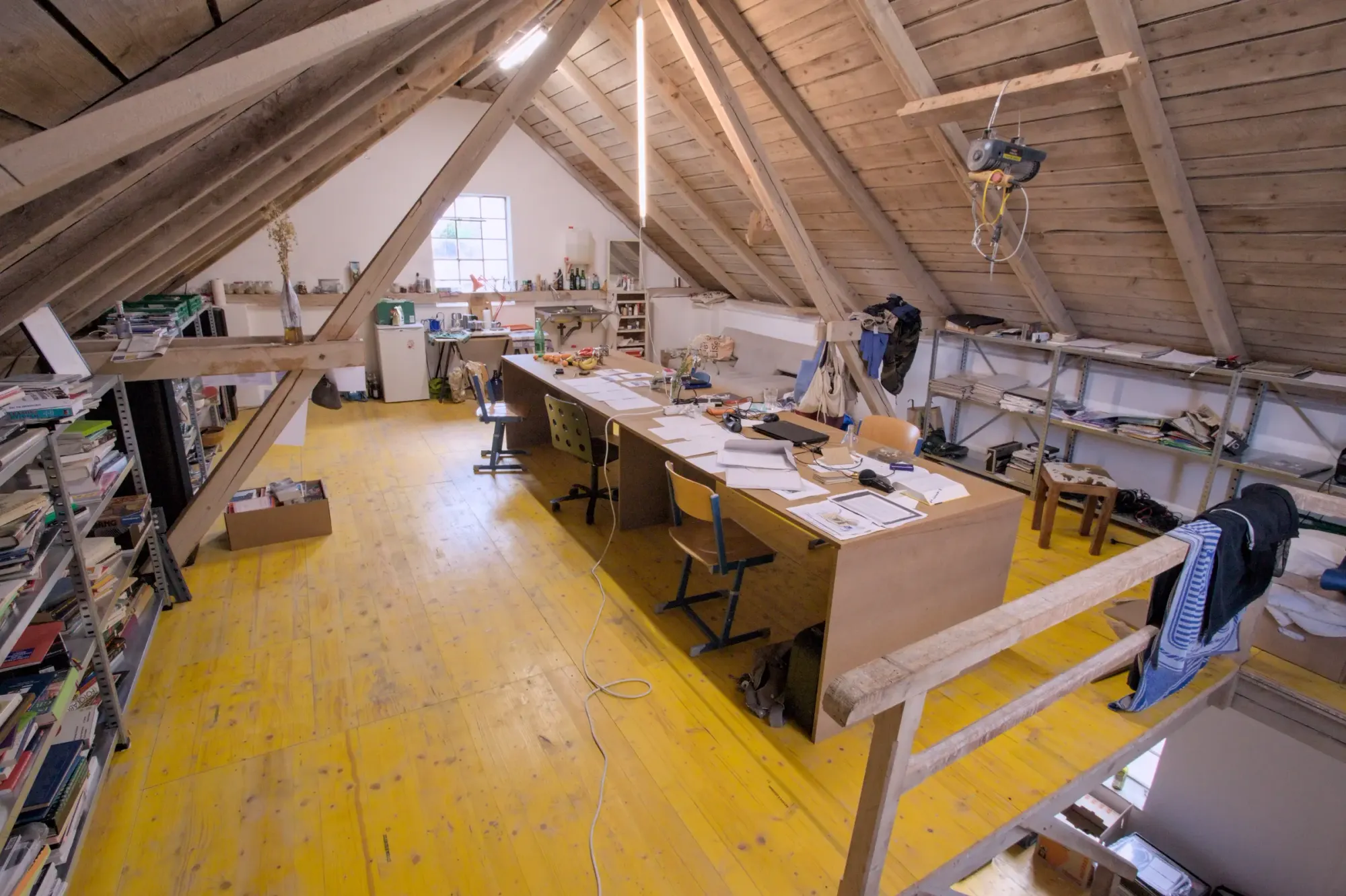
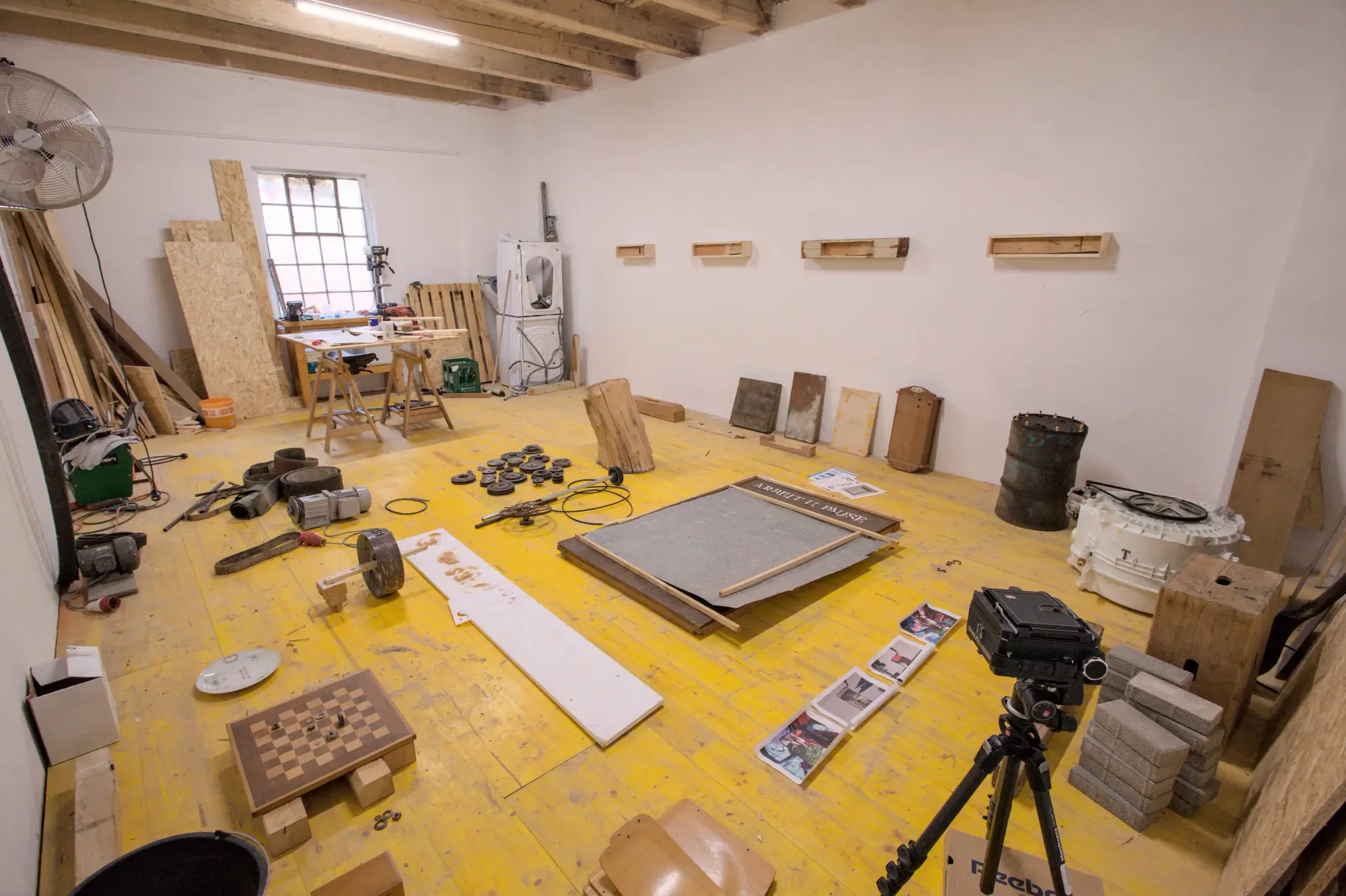
Sebastian Schachinger: Studio View | Image Courtesy by the Artist
Ultimately, his art reminds us that time, much like art itself, is a medium through which we can explore, reflect, and understand the deeper rhythms of life.
Follow R. Sebastian Schachinger and Windhager von Kaenel on Instagram, or bookmark their websites for more information and updates on upcoming projects.
To delve into our selection of three standout artists at this year’s Vienna Contemporary 2024 ZONE1 and to read an in-depth interview with curator Bruno Mokross , visit Munchies Art Club Magazine.
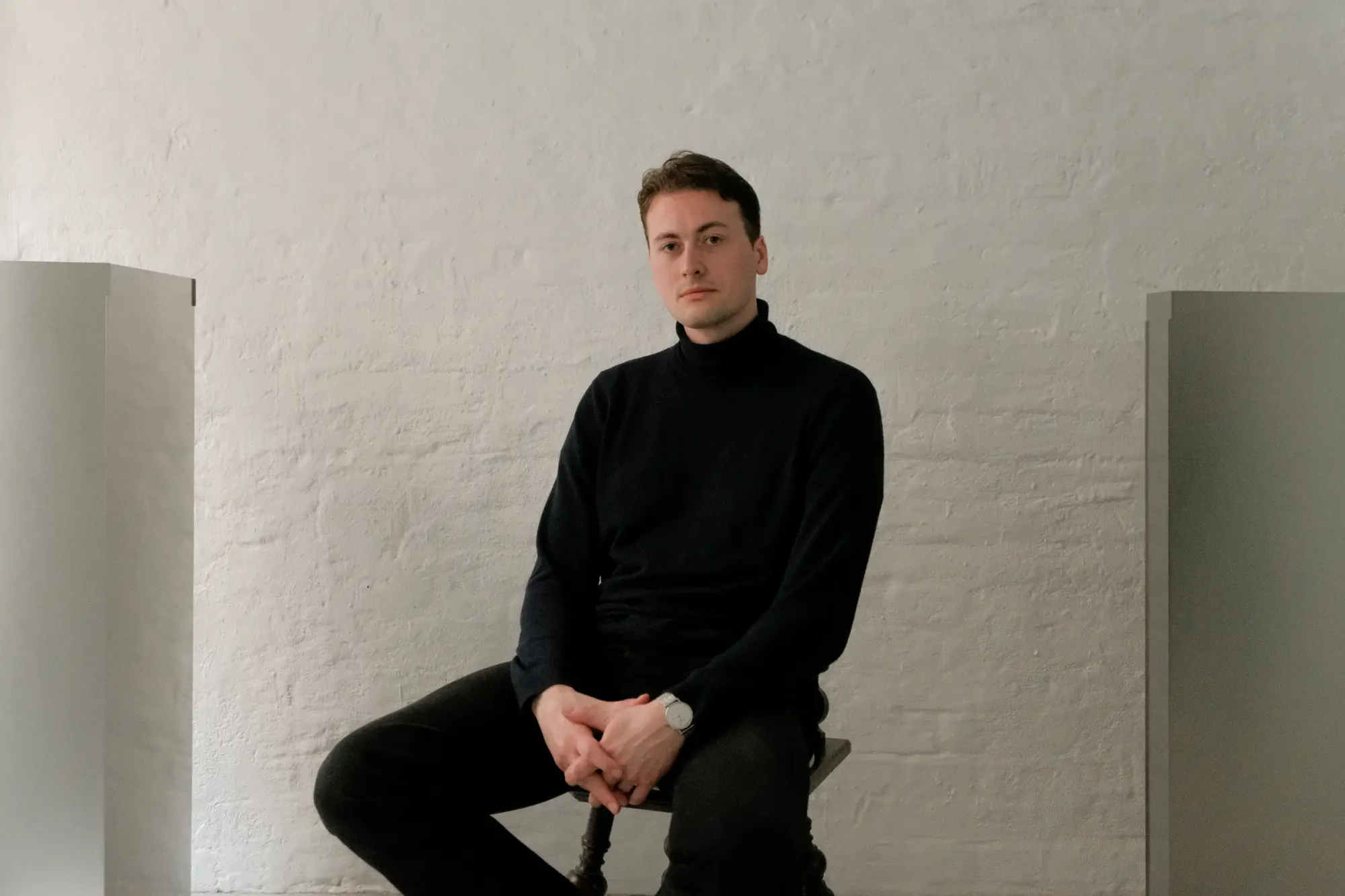
Discover more about these artists and gain insights from the exclusive curator’s perspective.
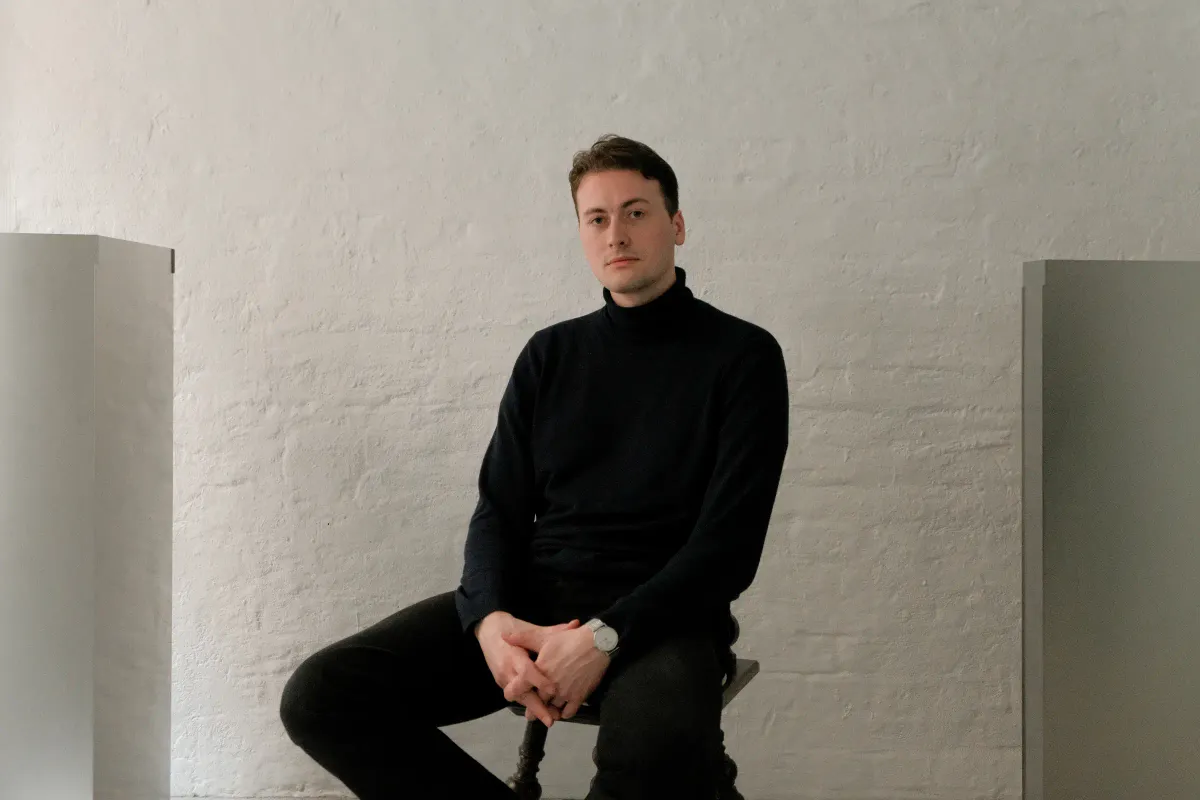
More about the Curator and 10 Artists to discover ->
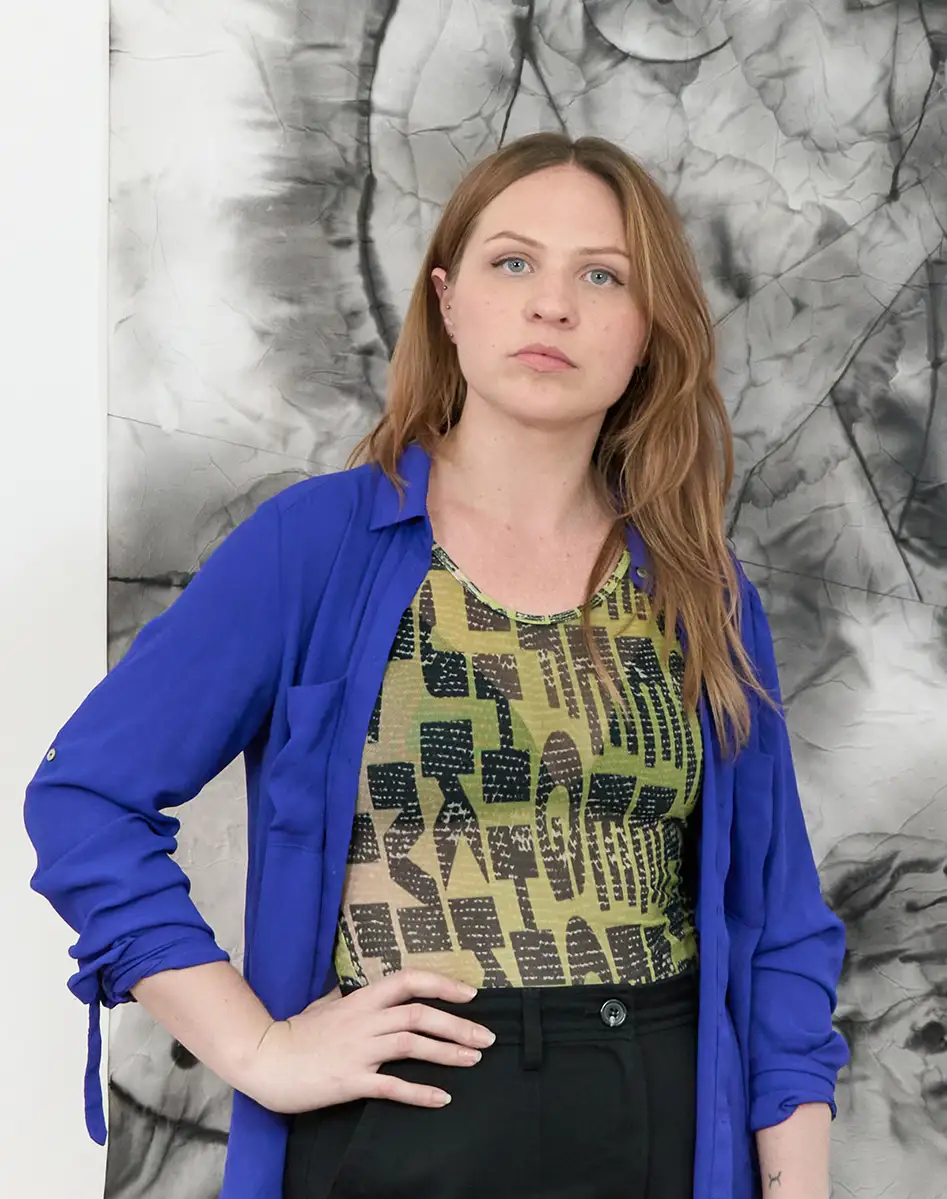
Zone1-Artist Minda Andren - Vienna Contemporary 2024

ZONE1 - Artist Evy Jokhova - Vienna Contemporary 2024


